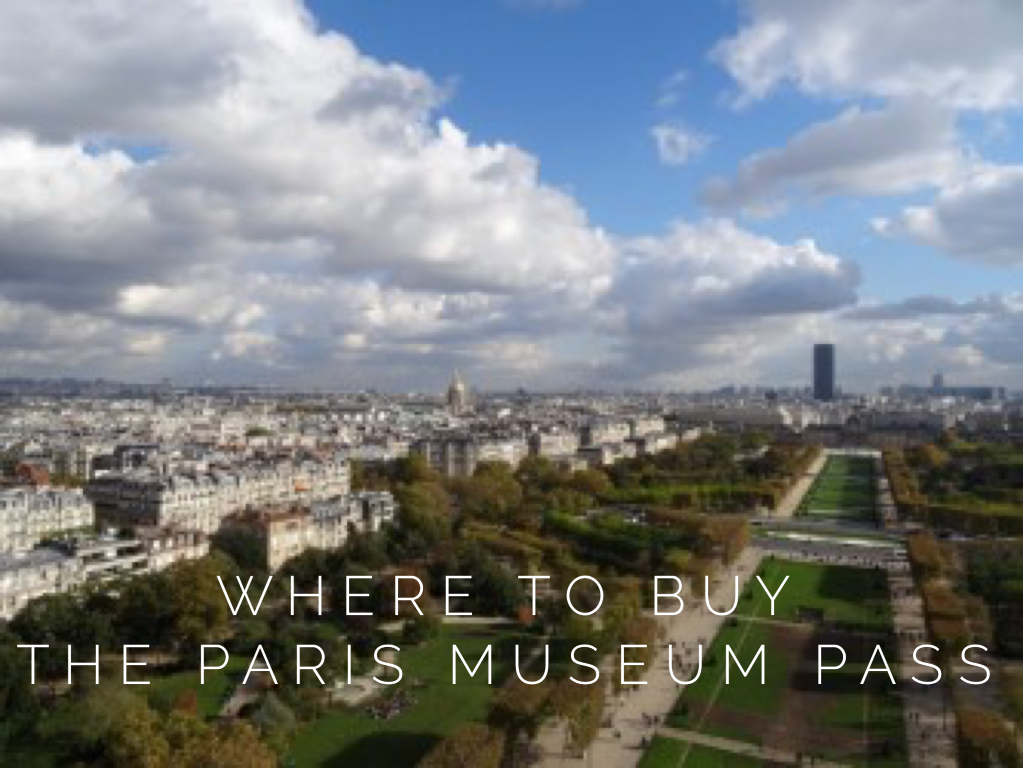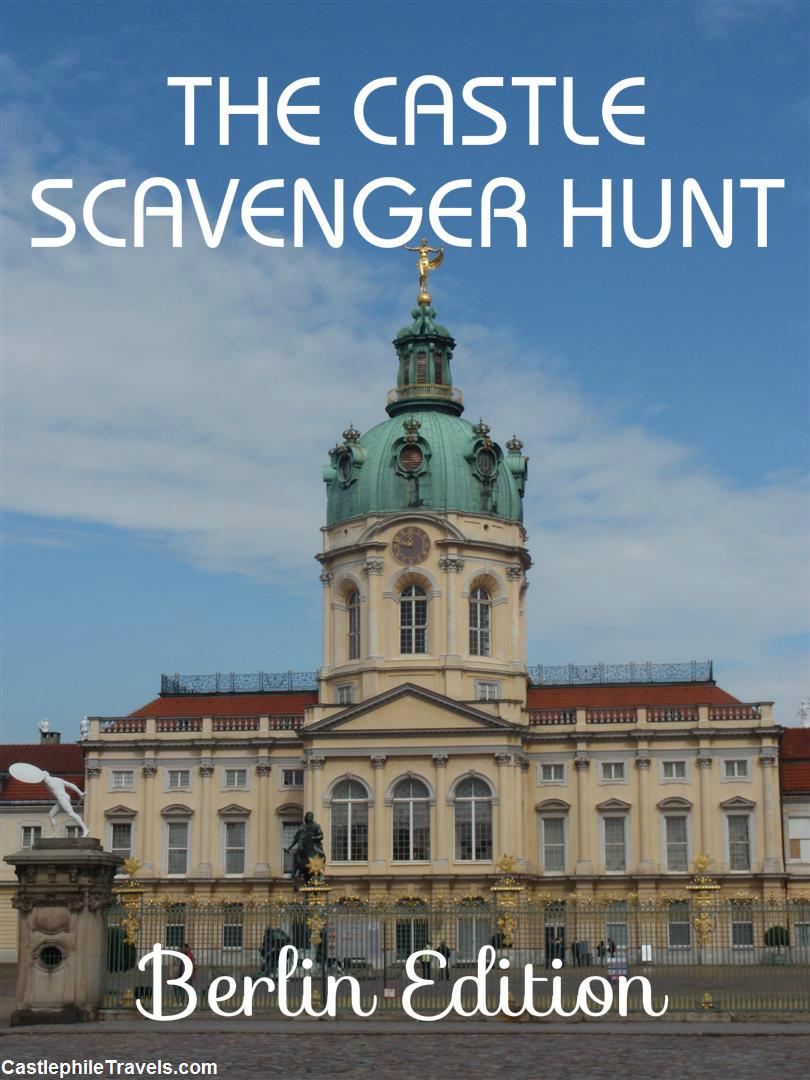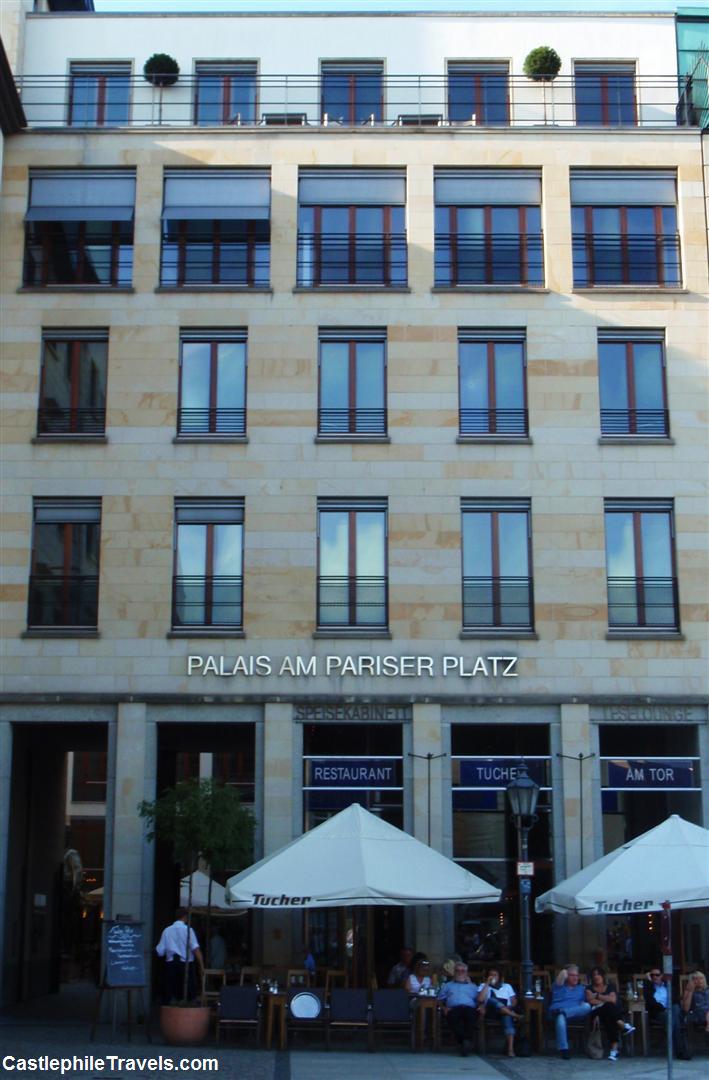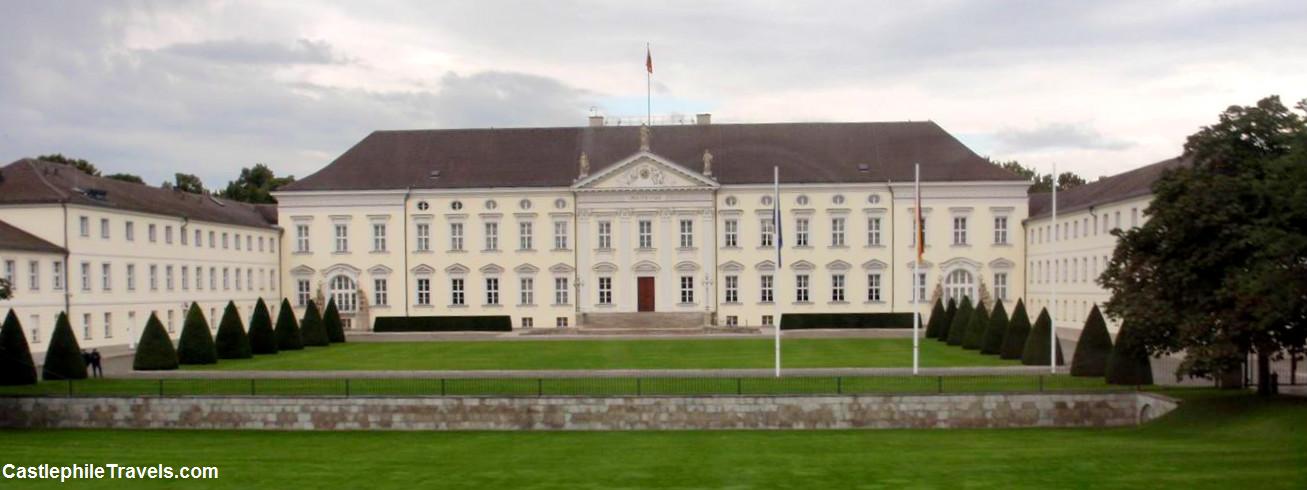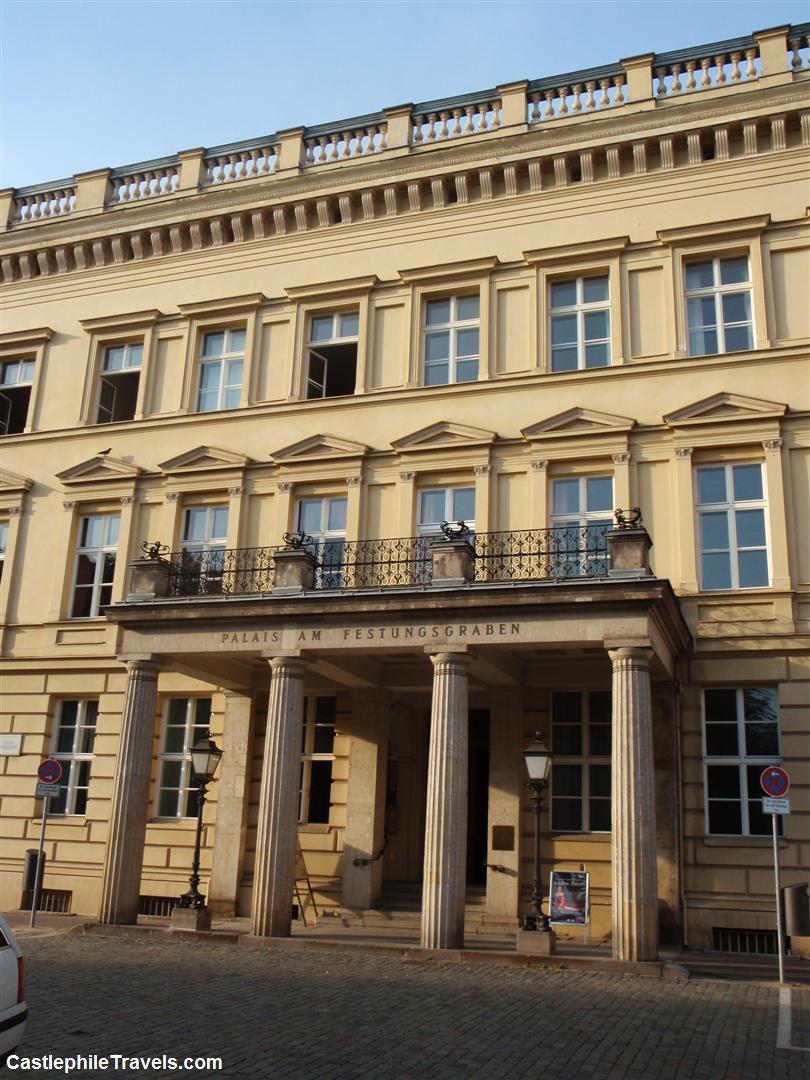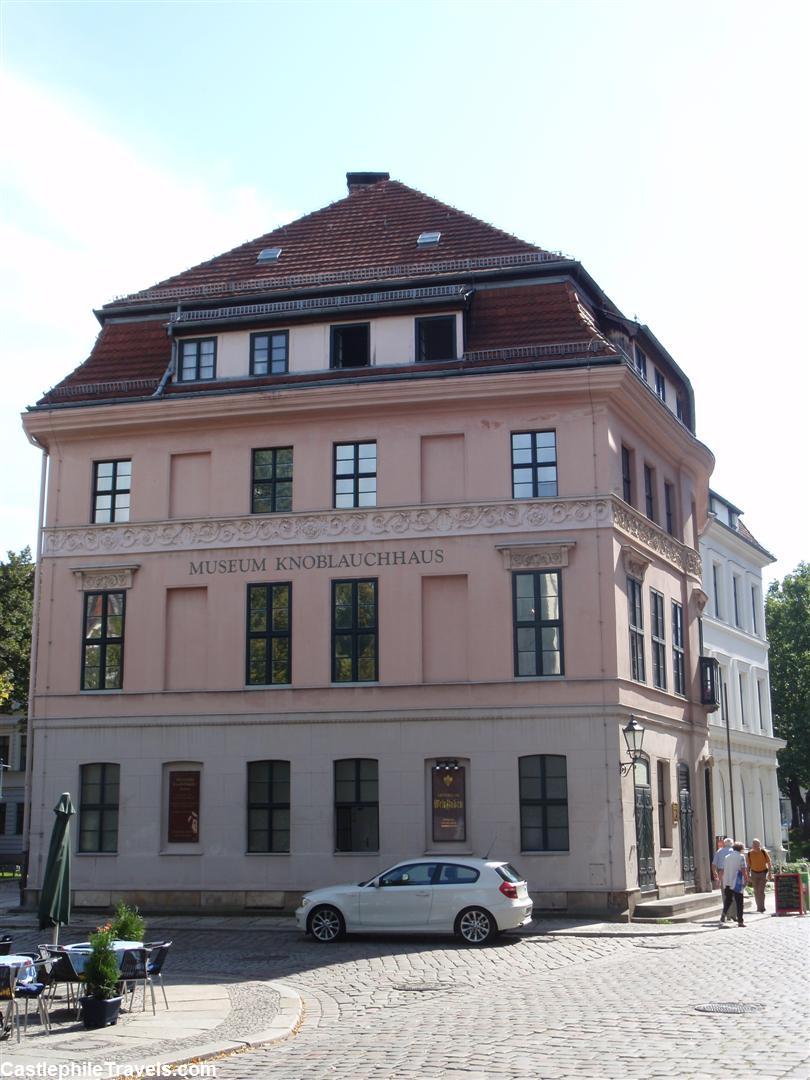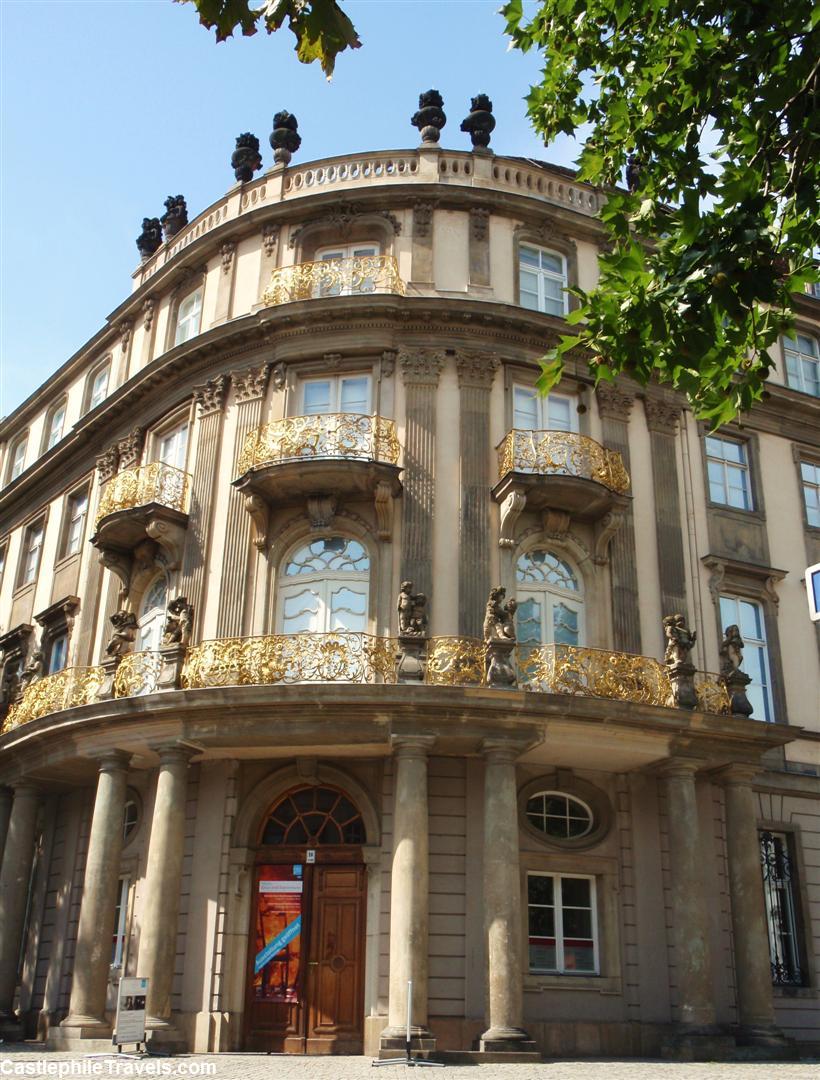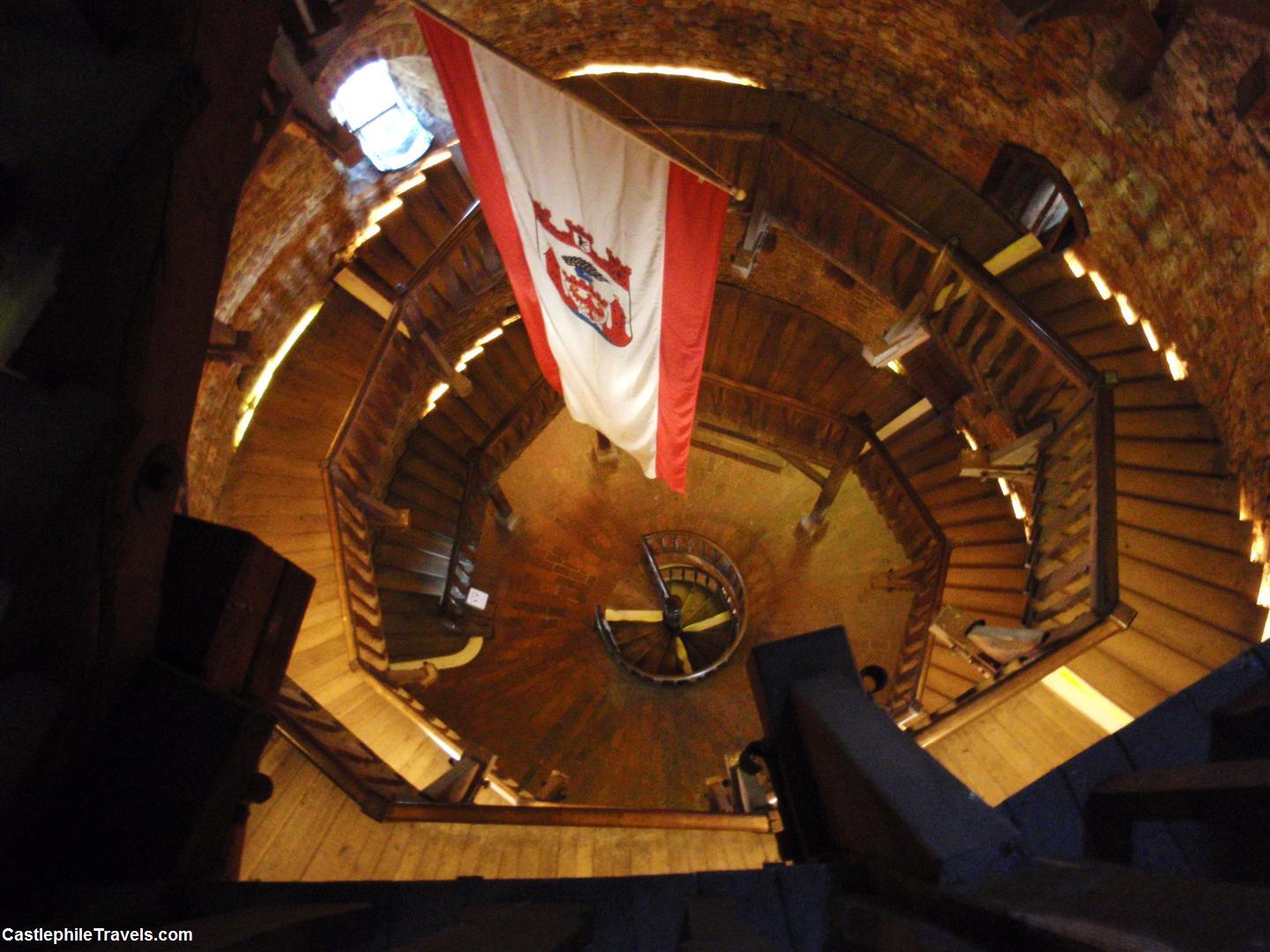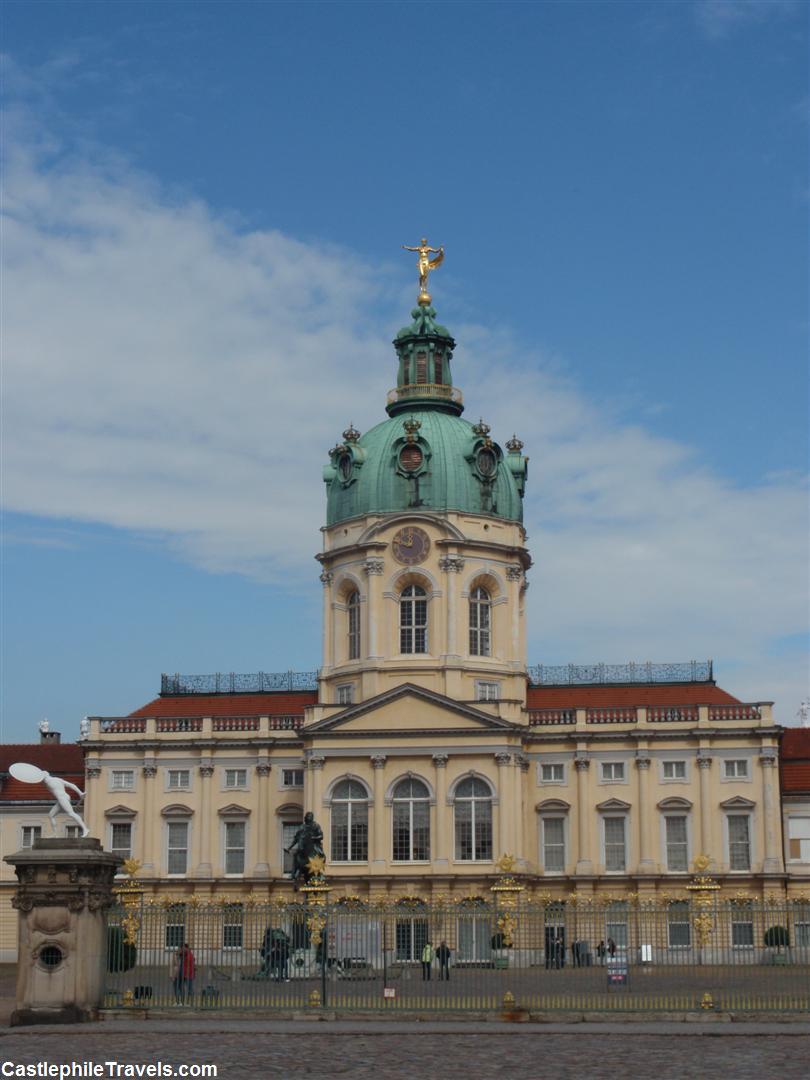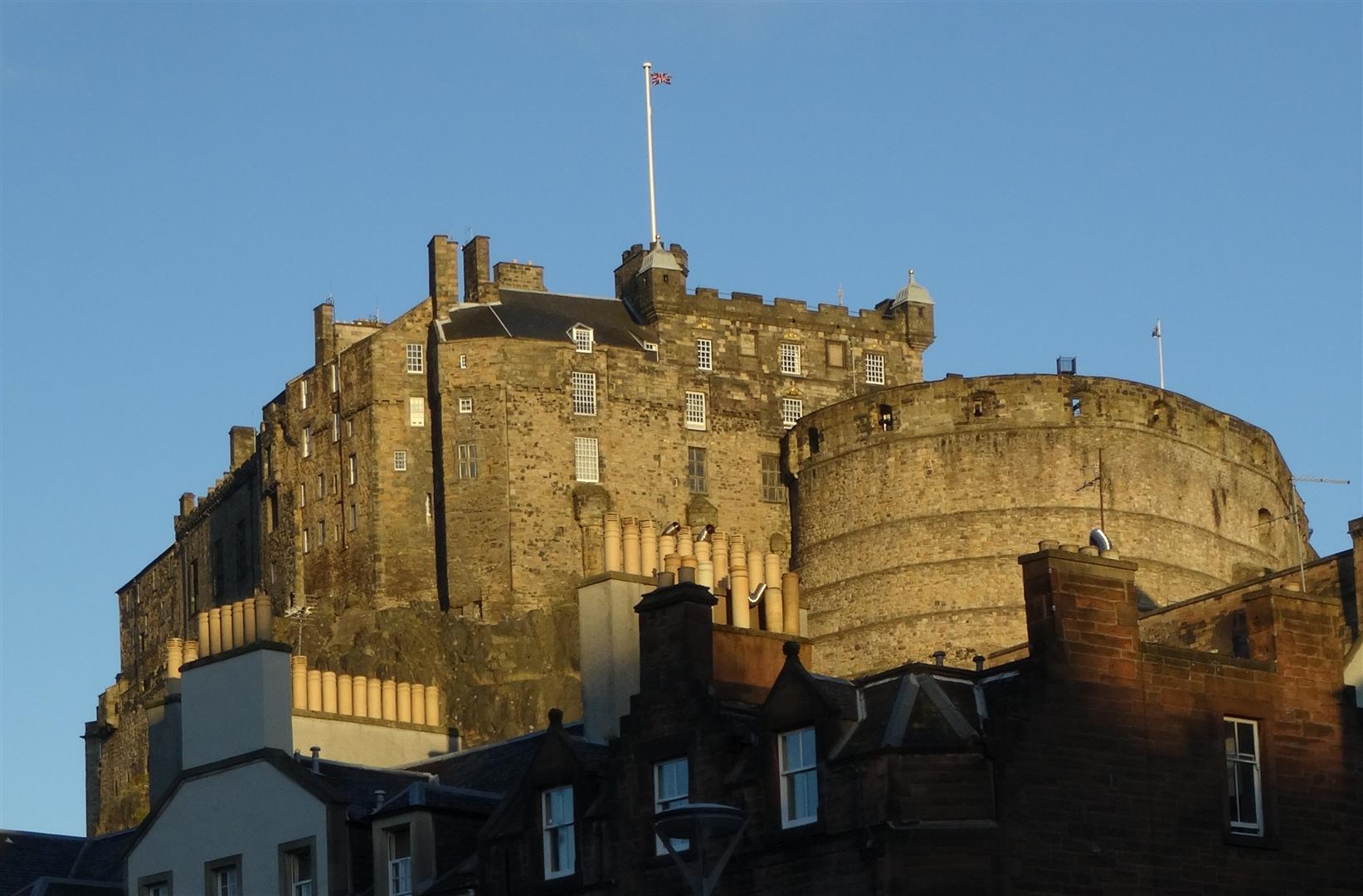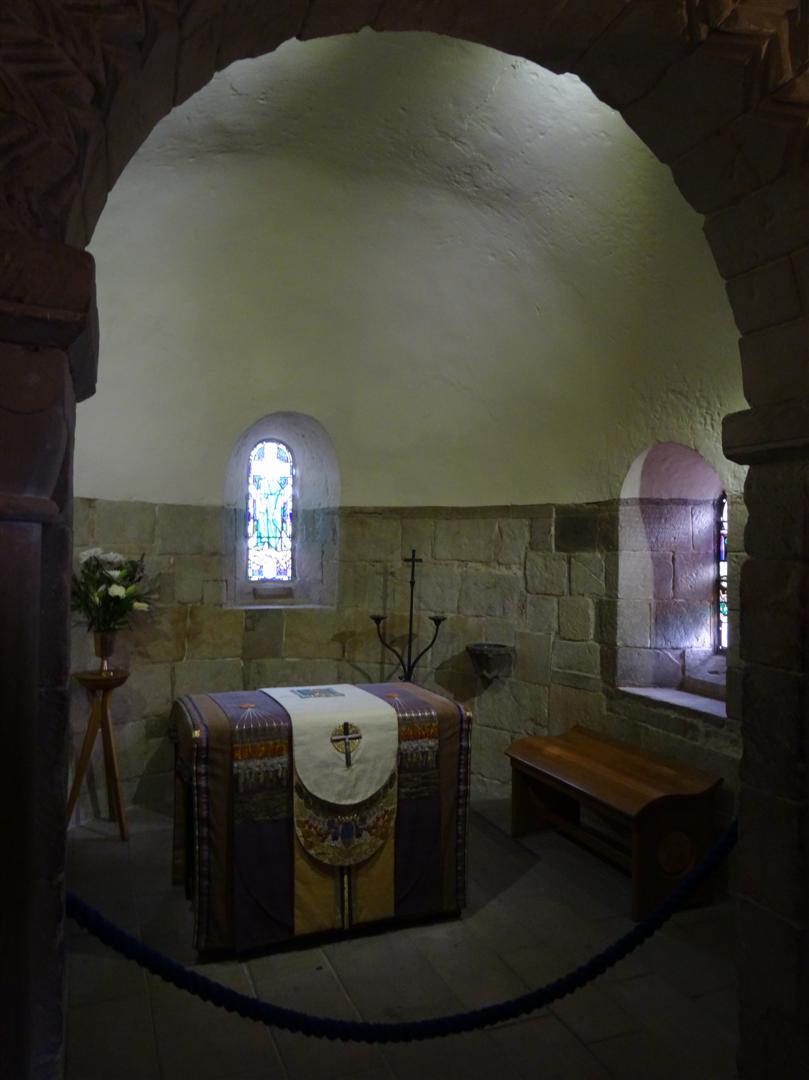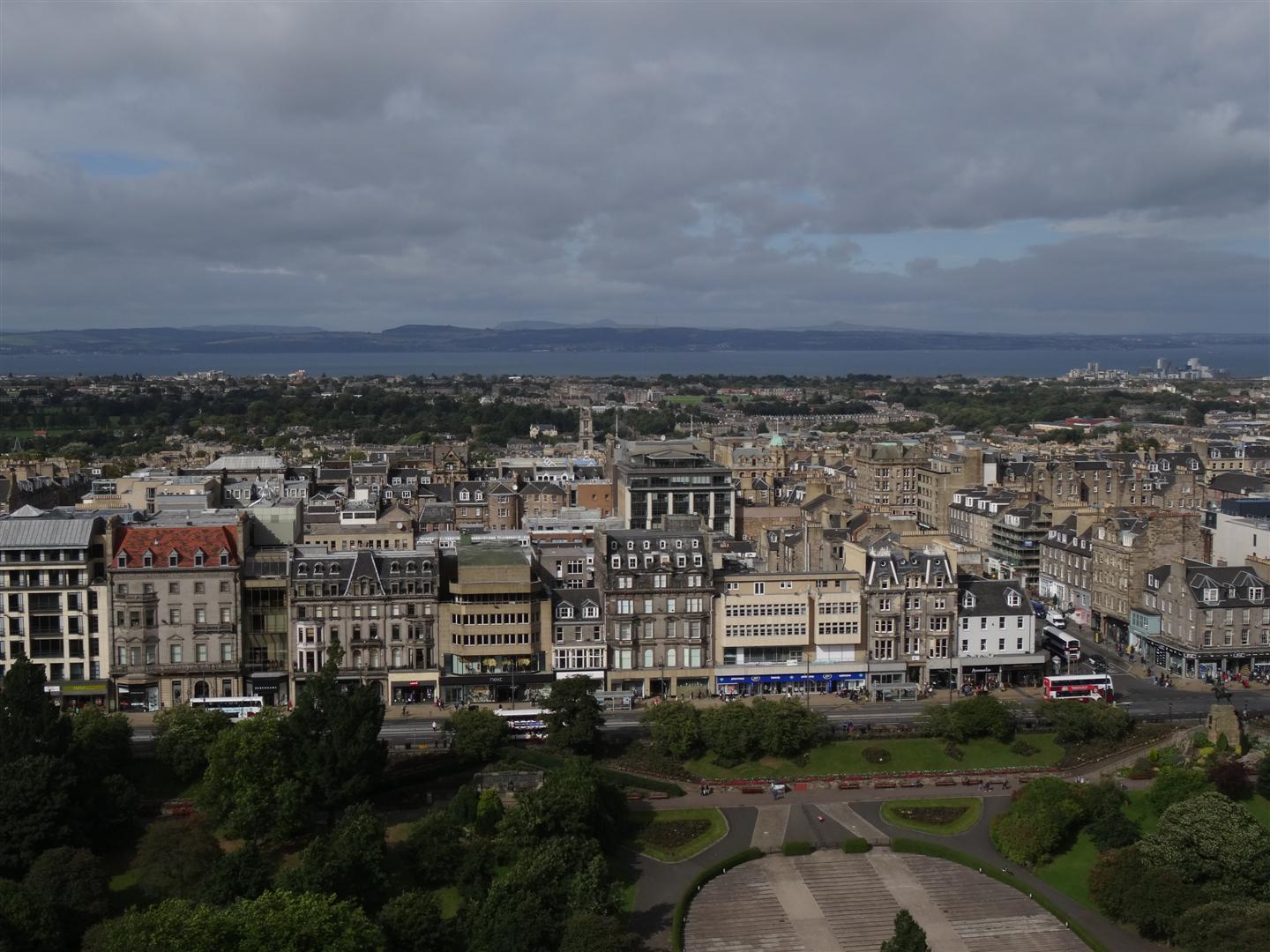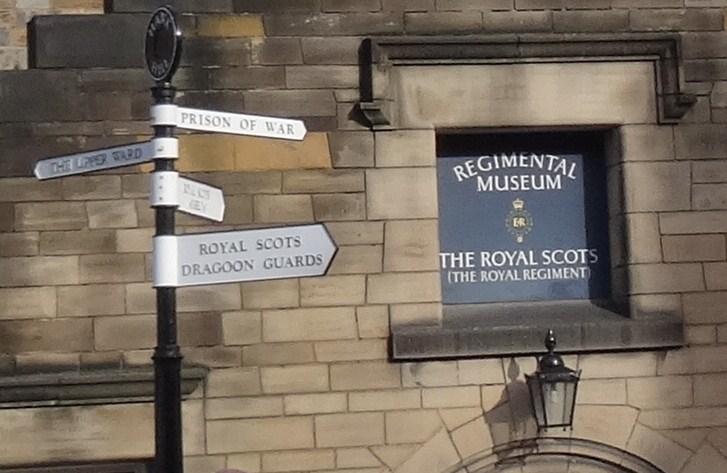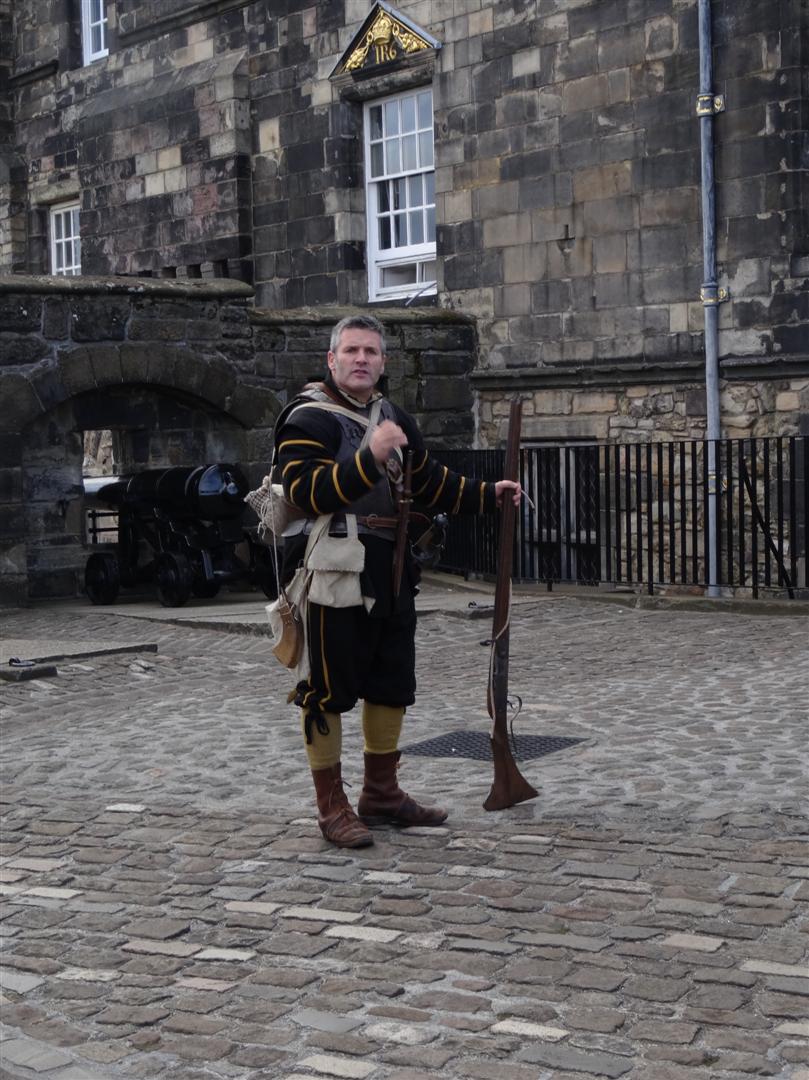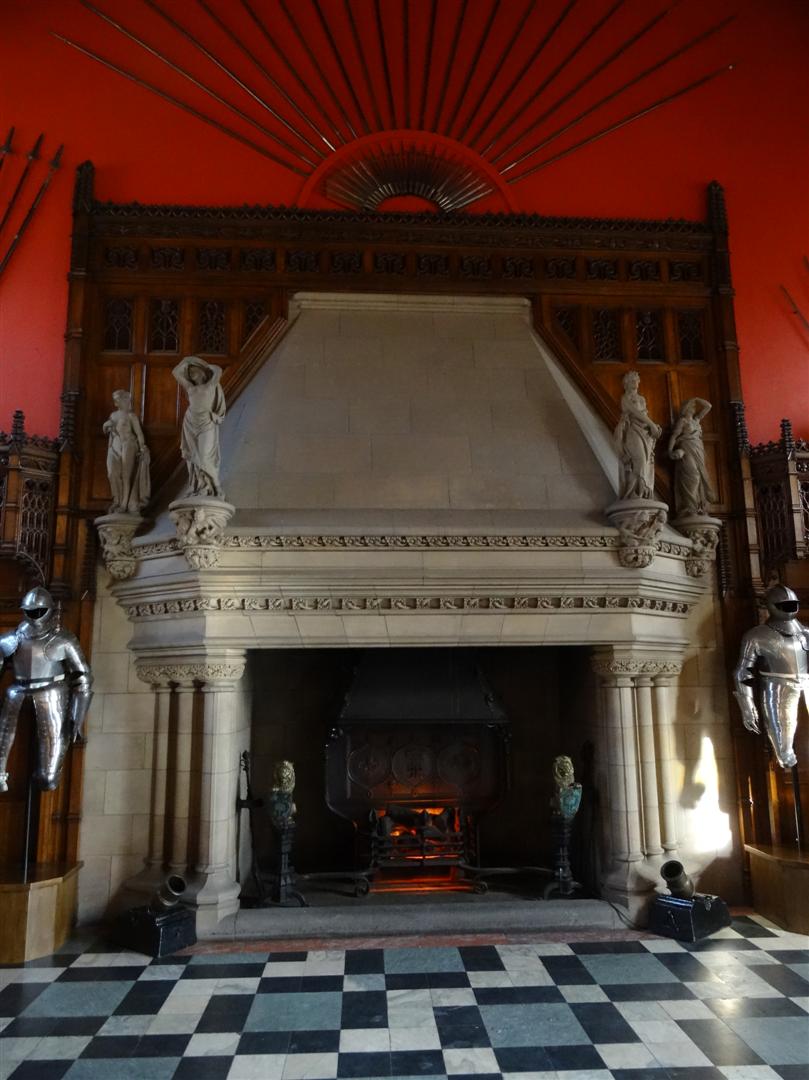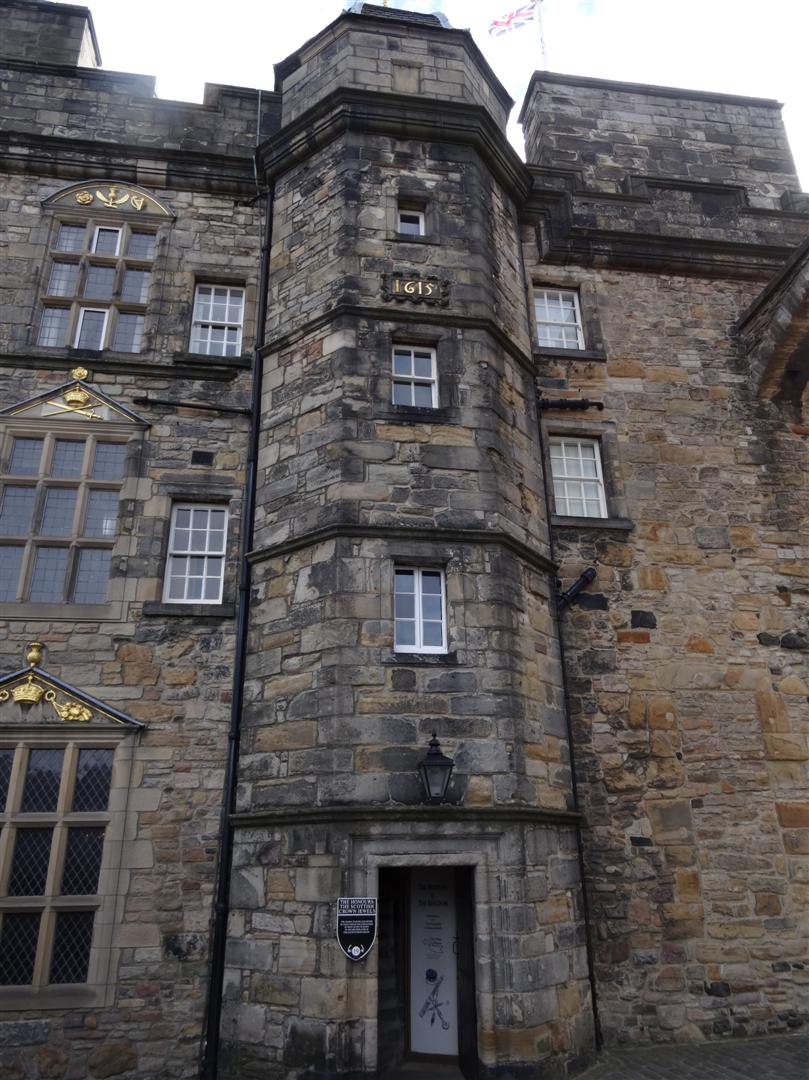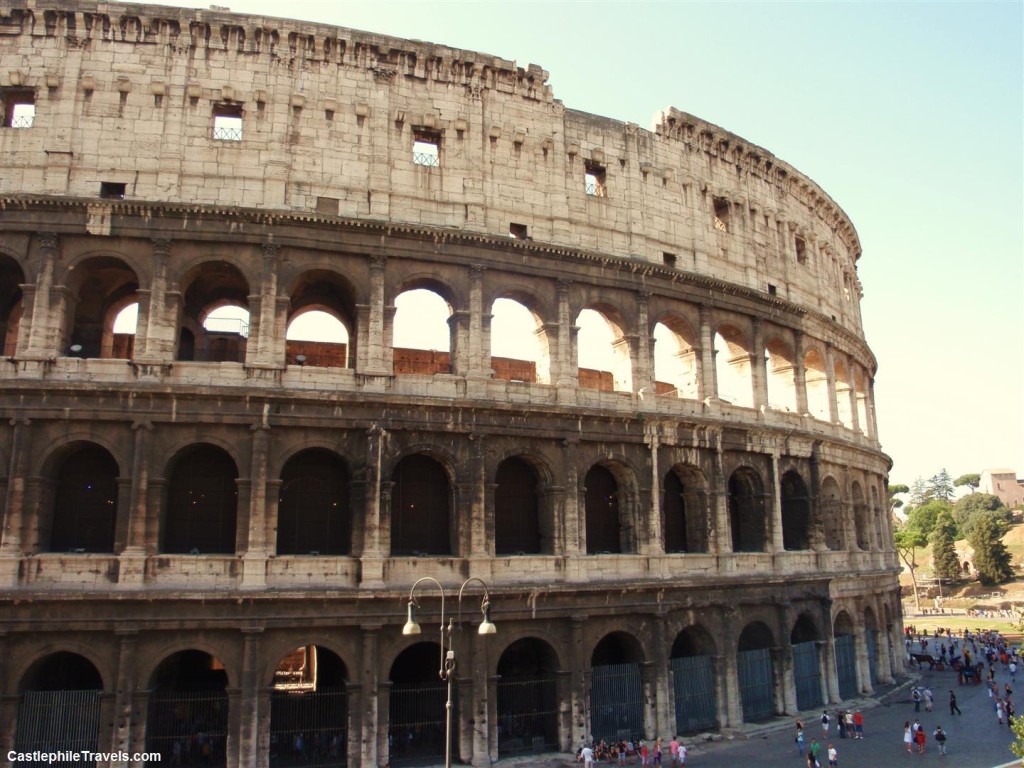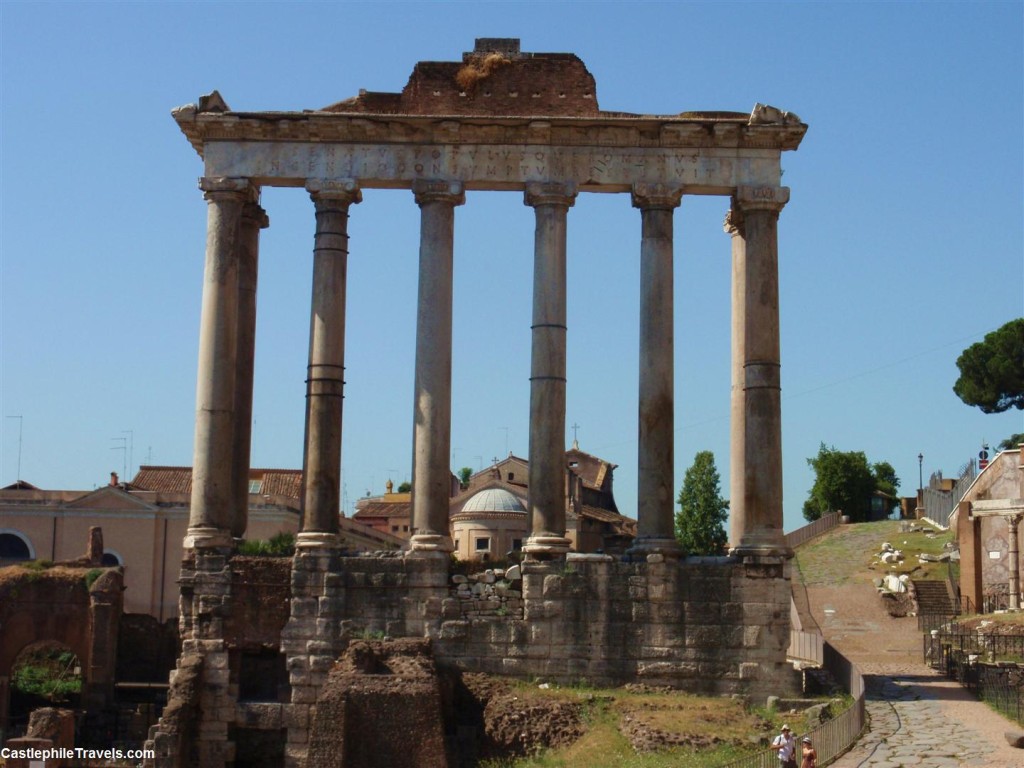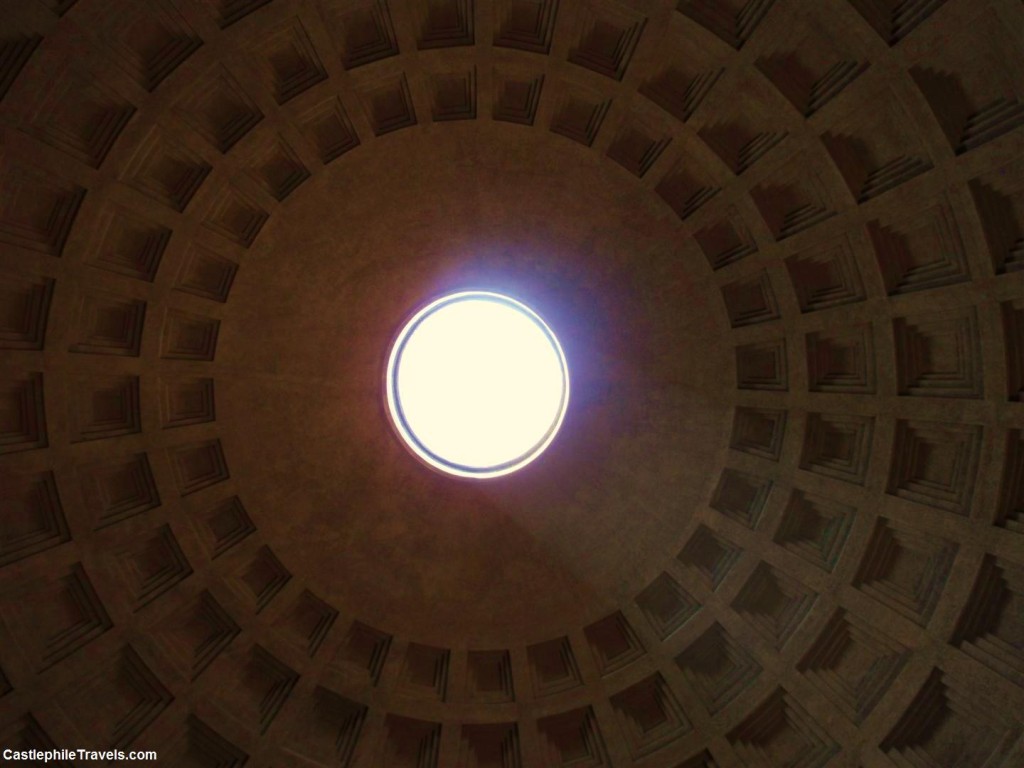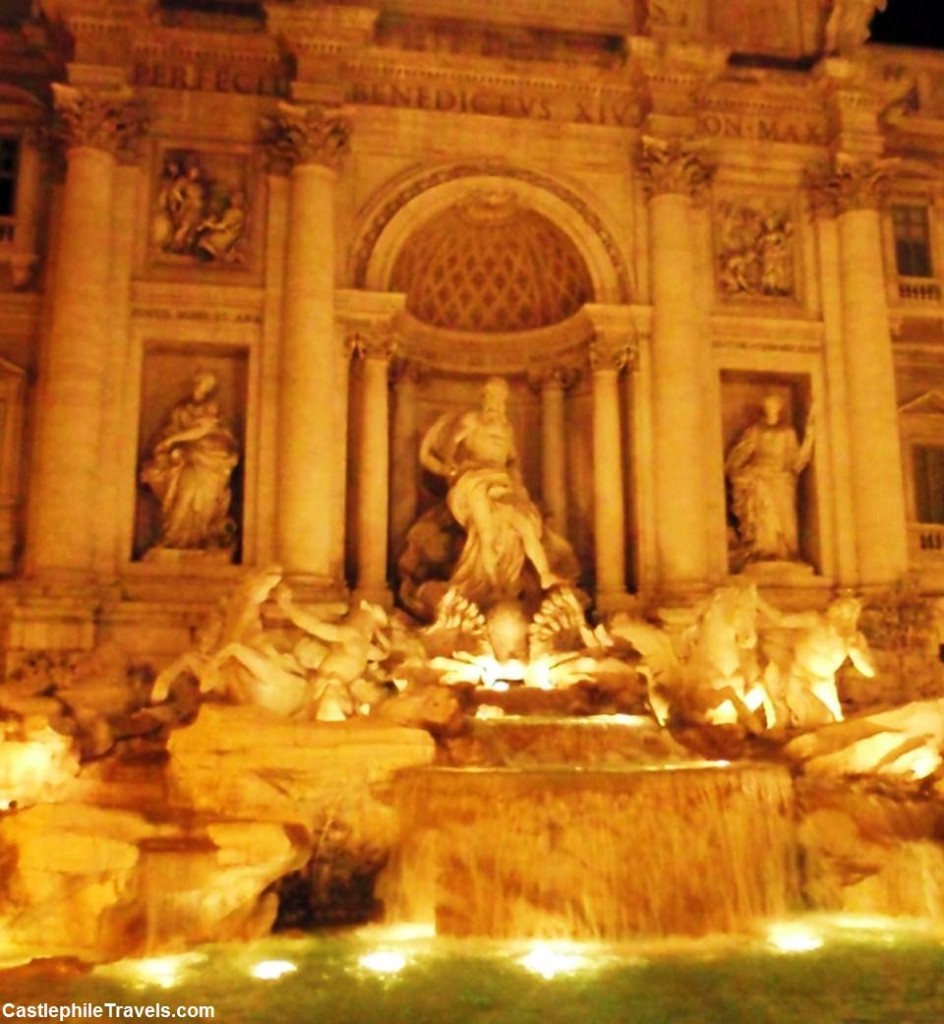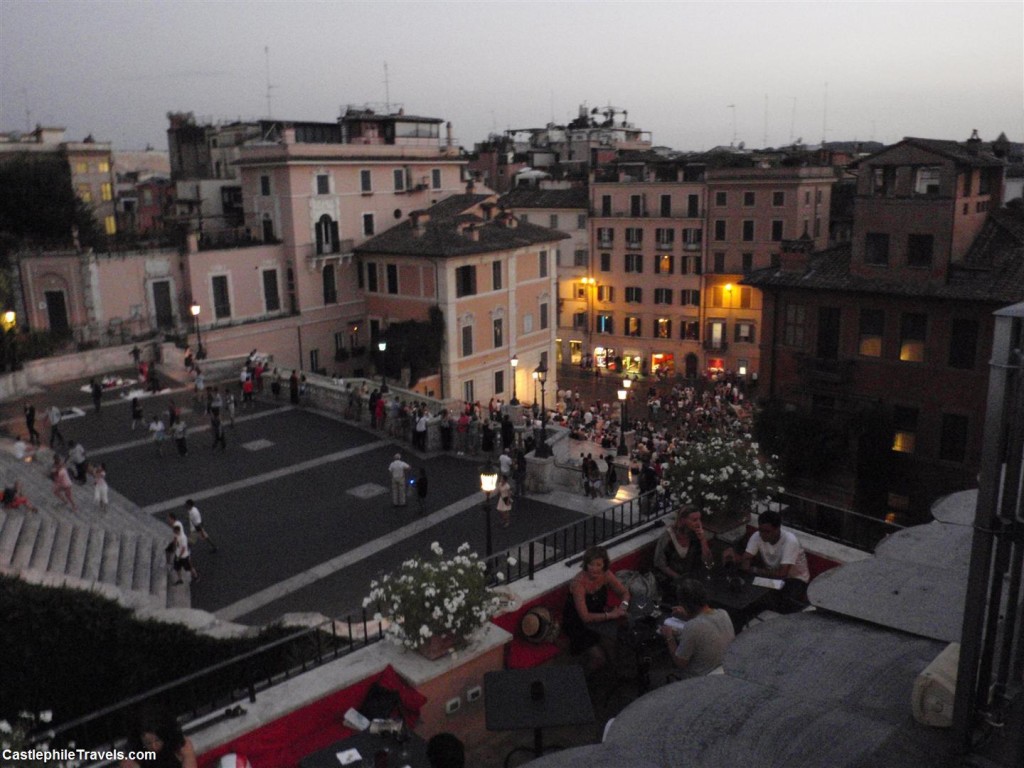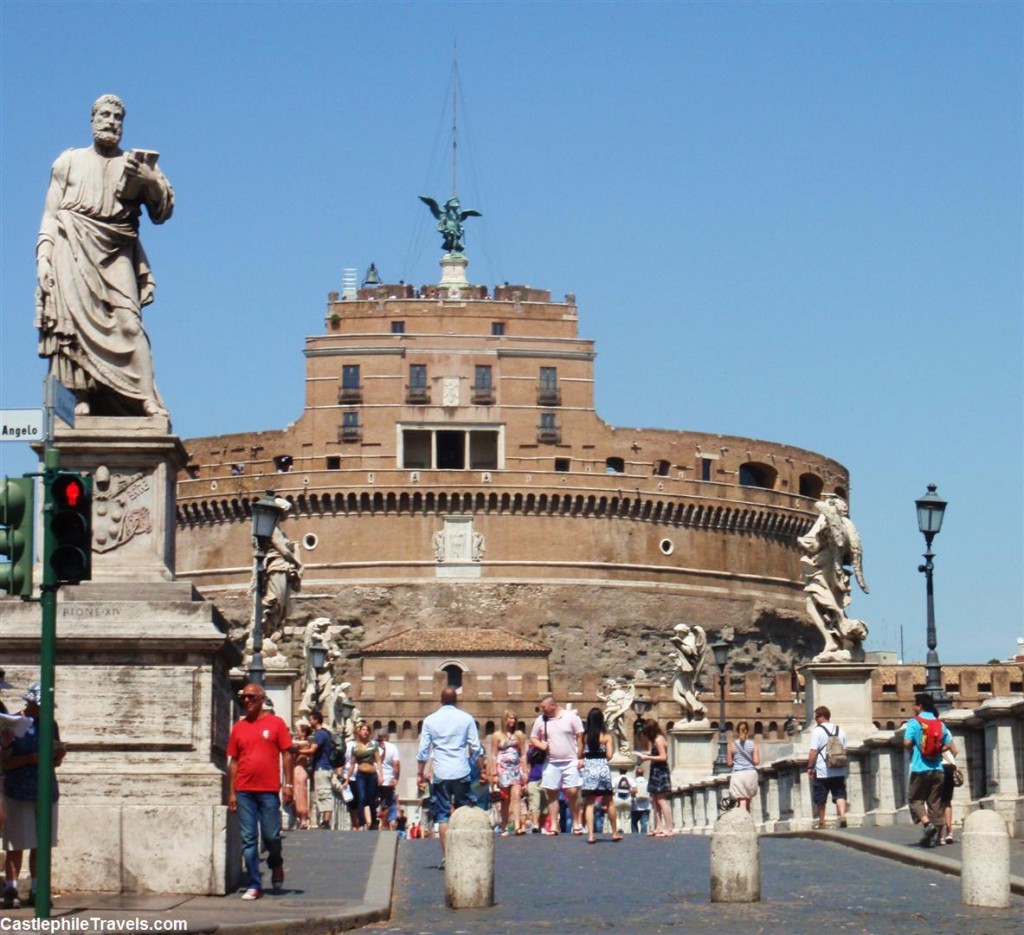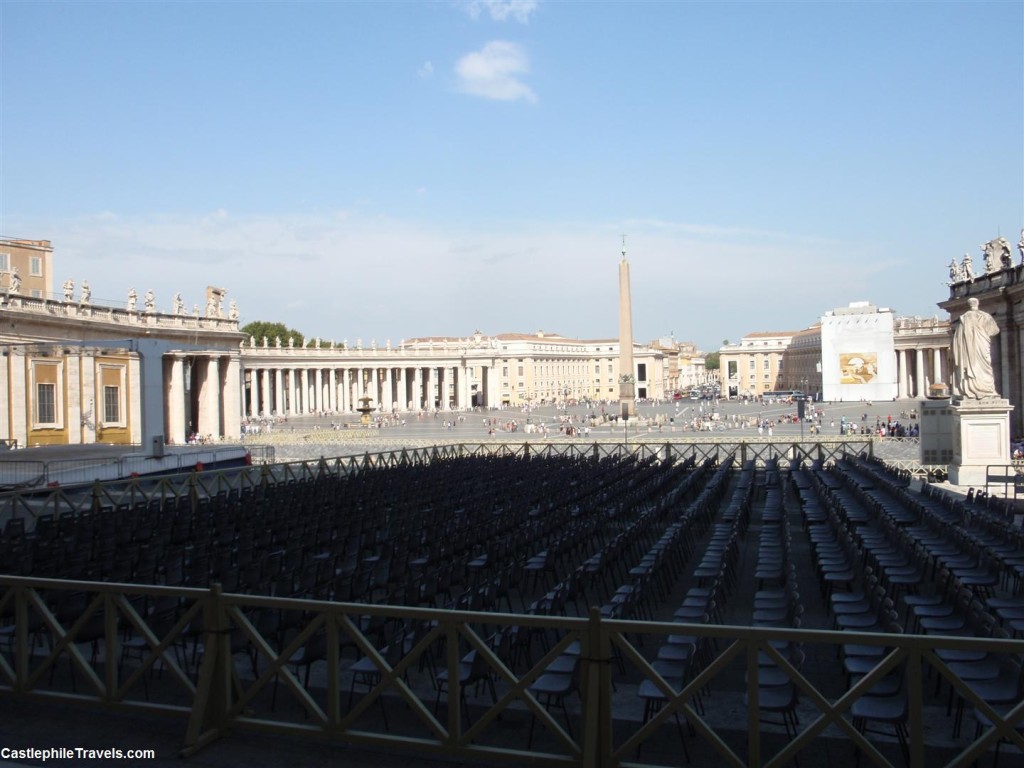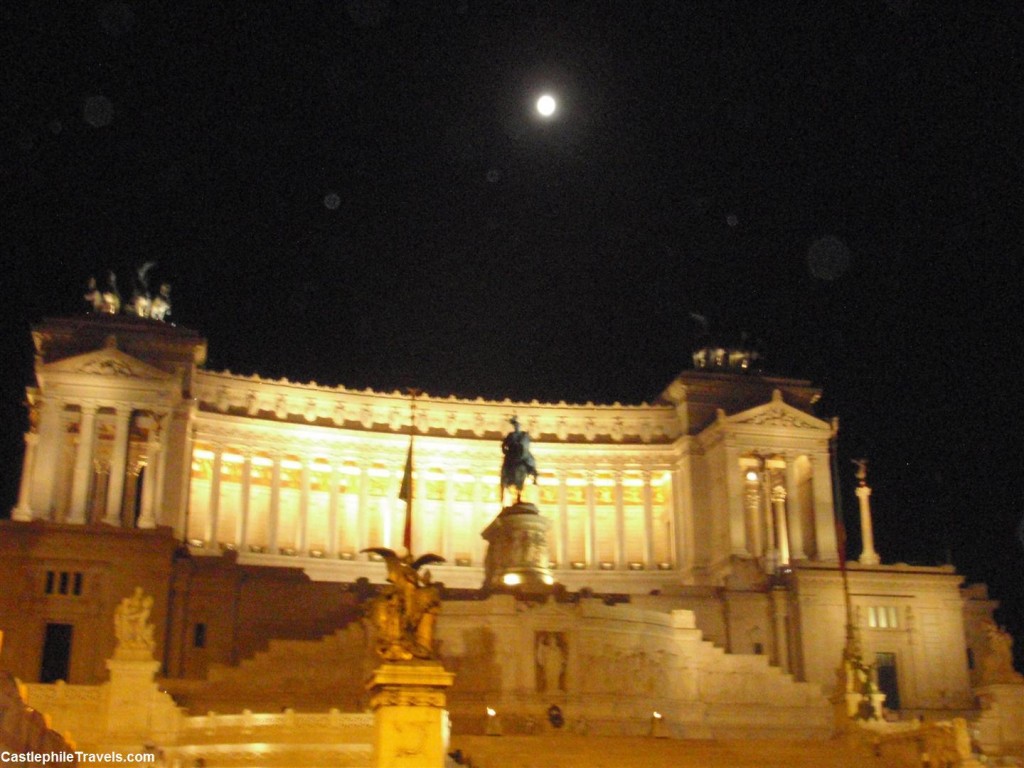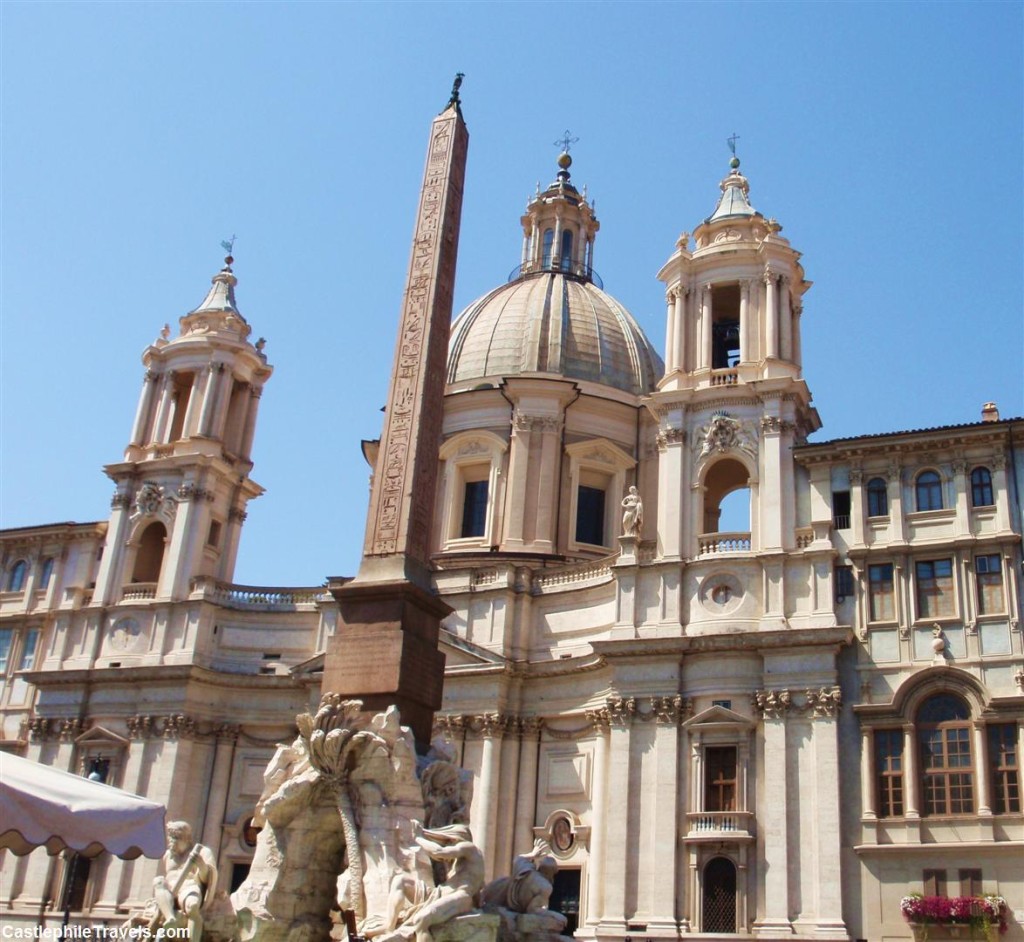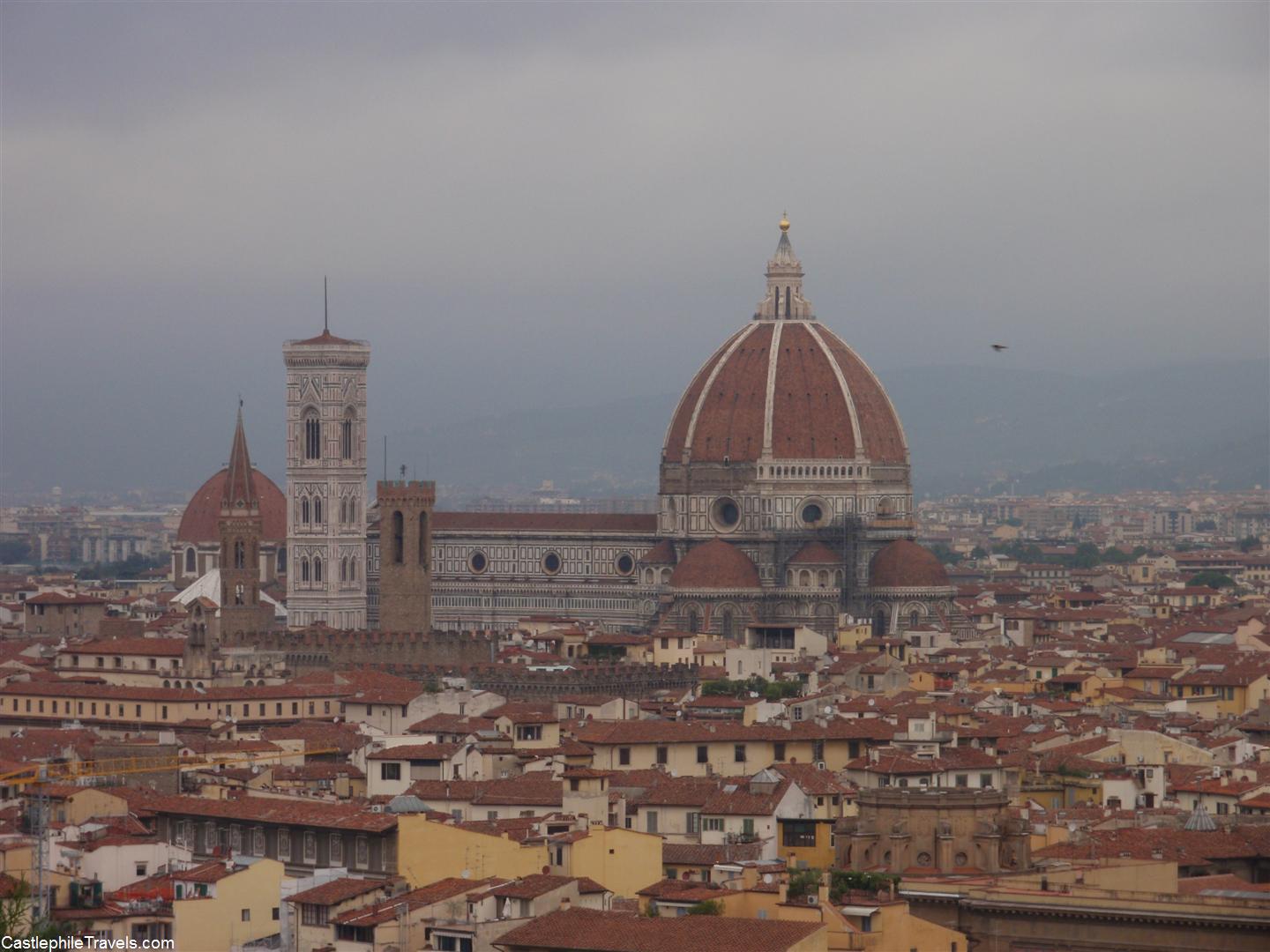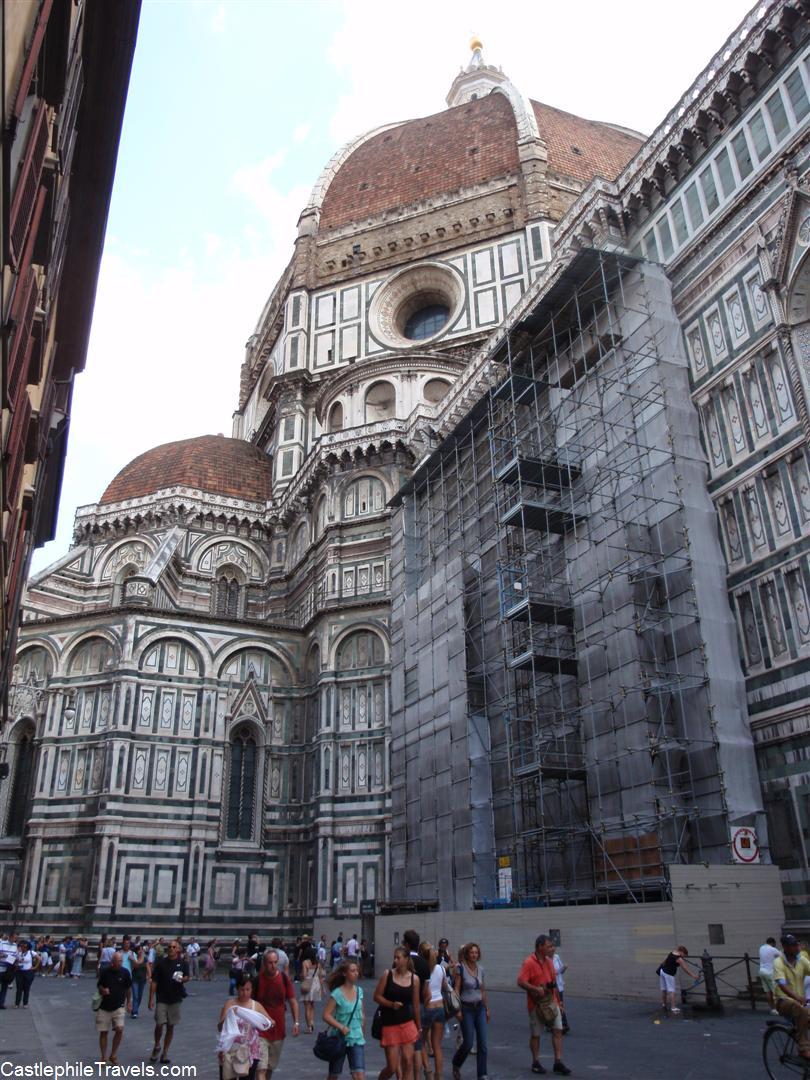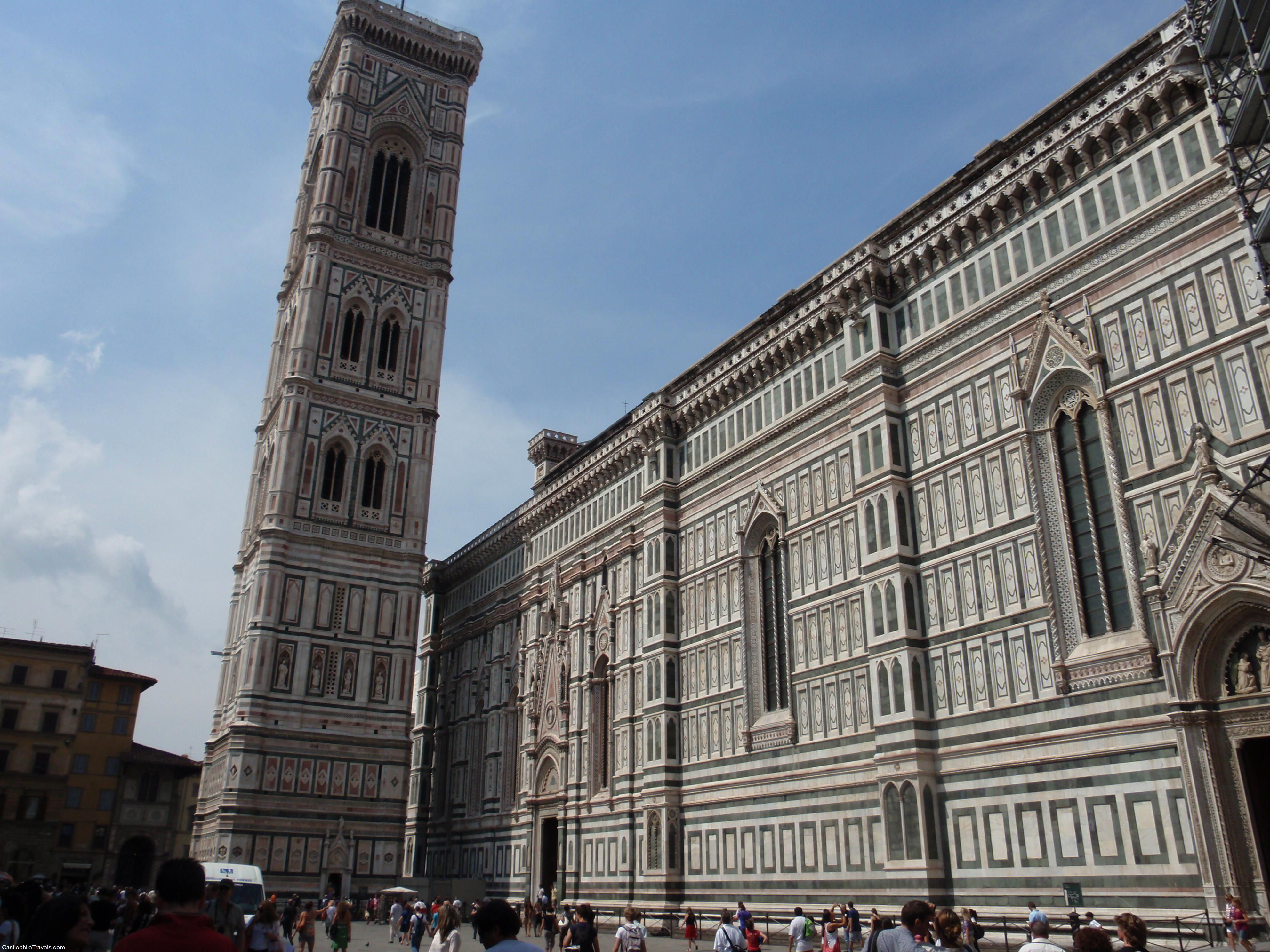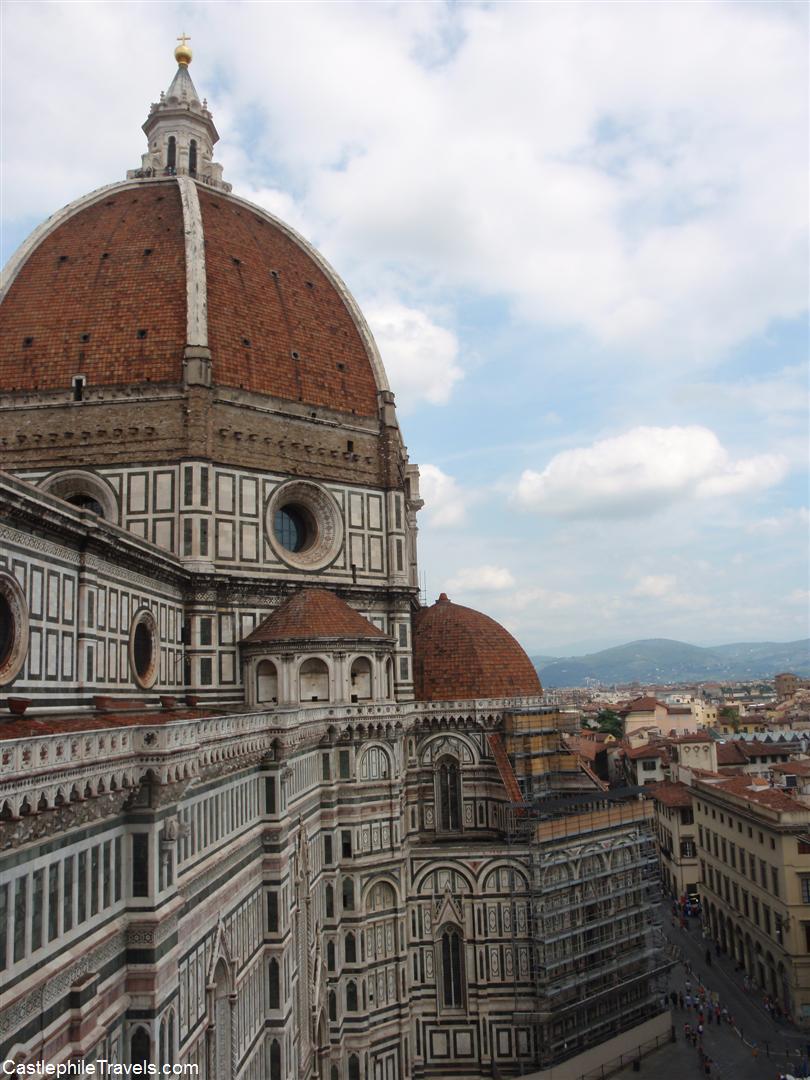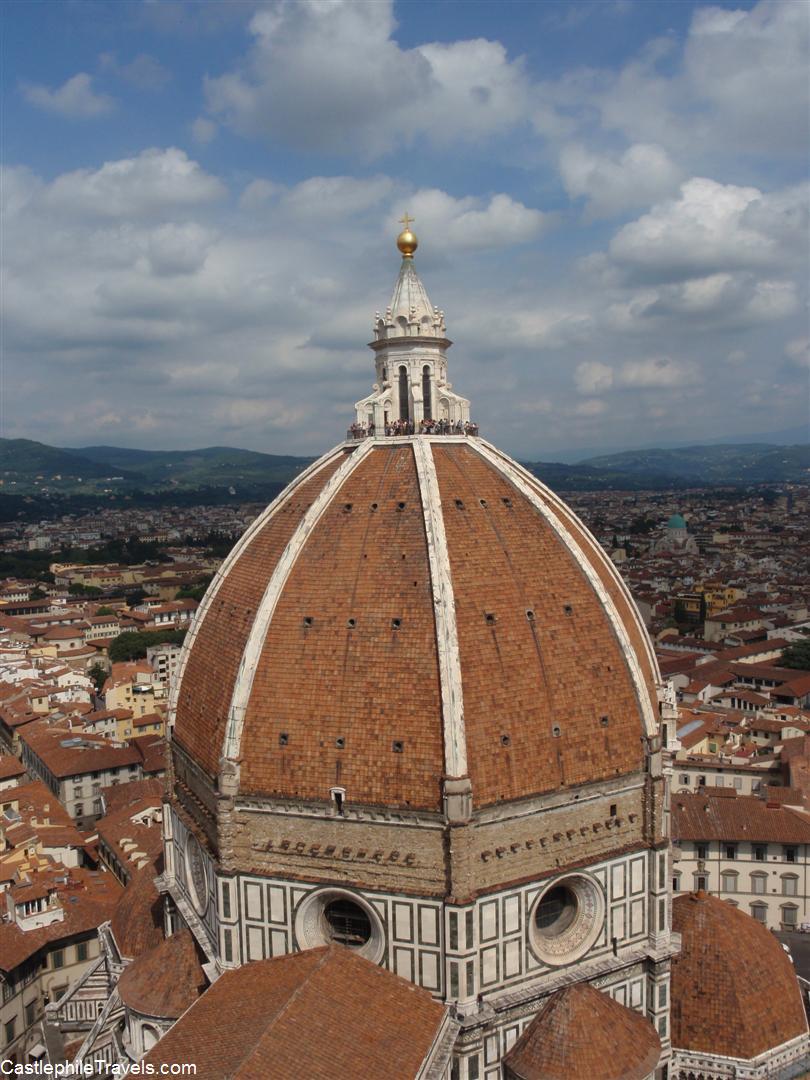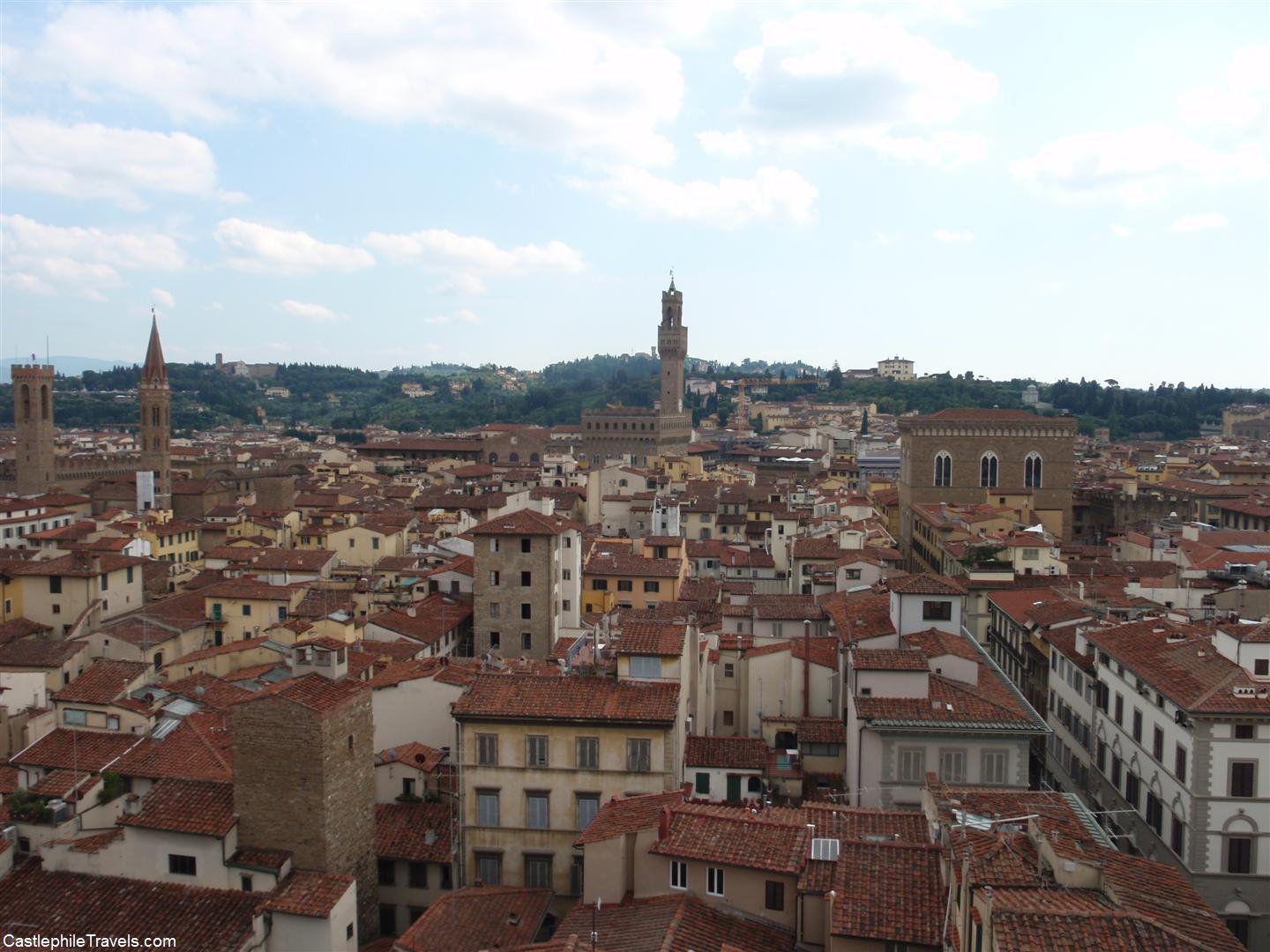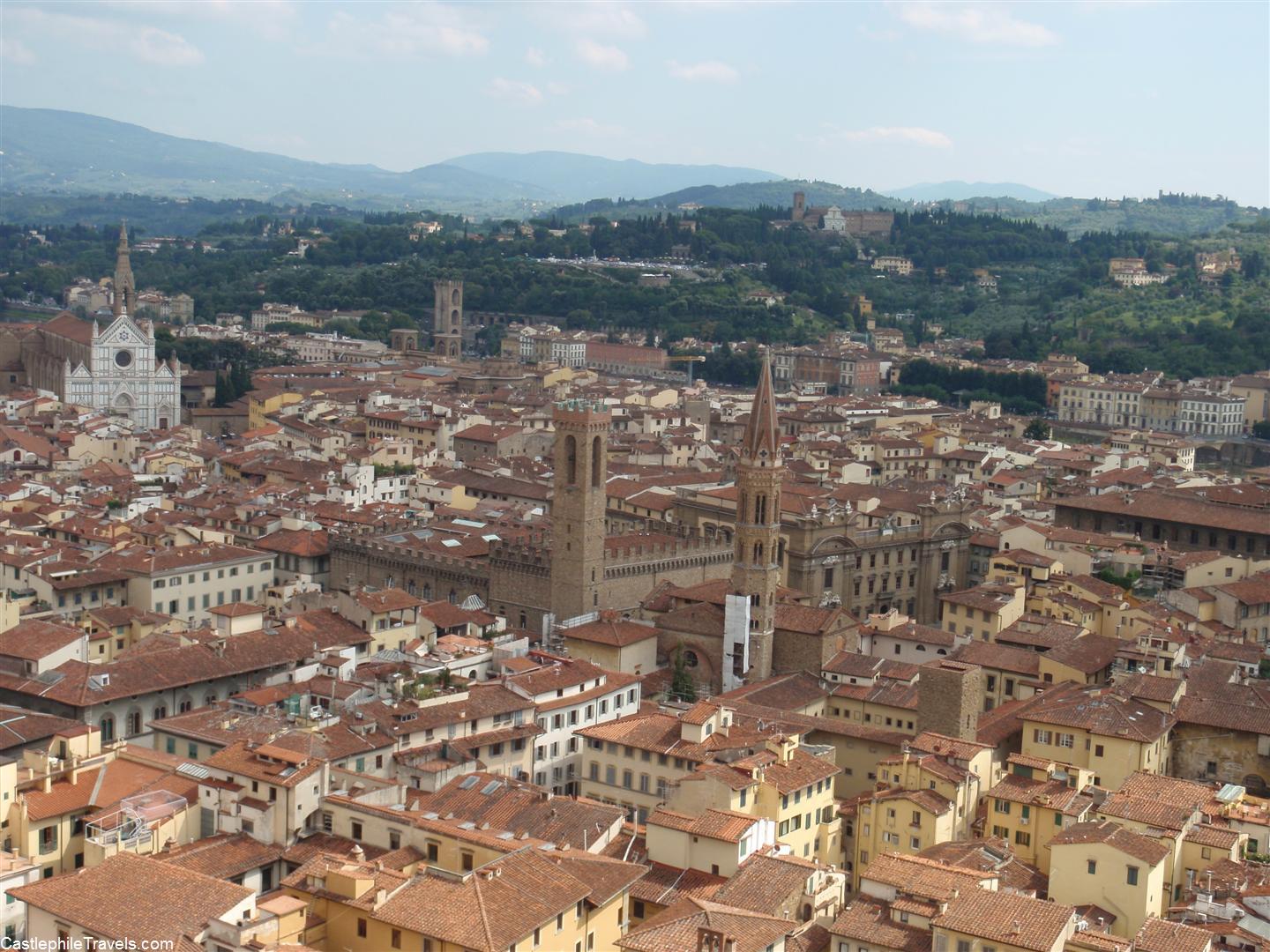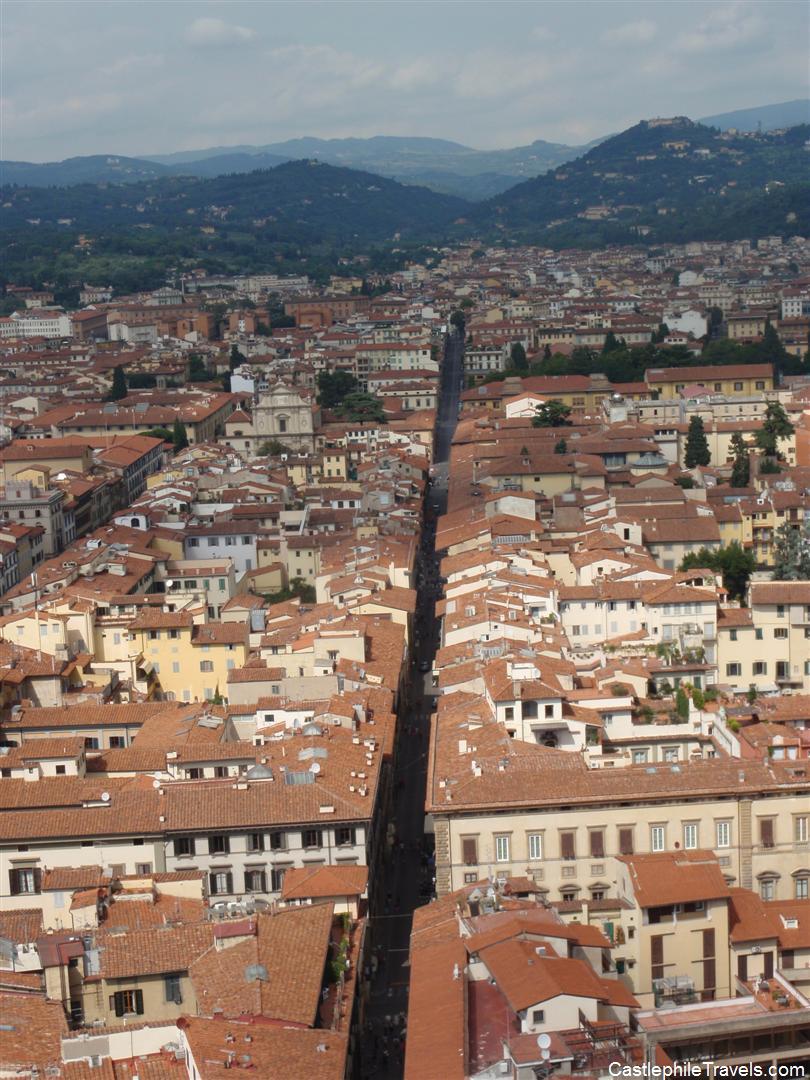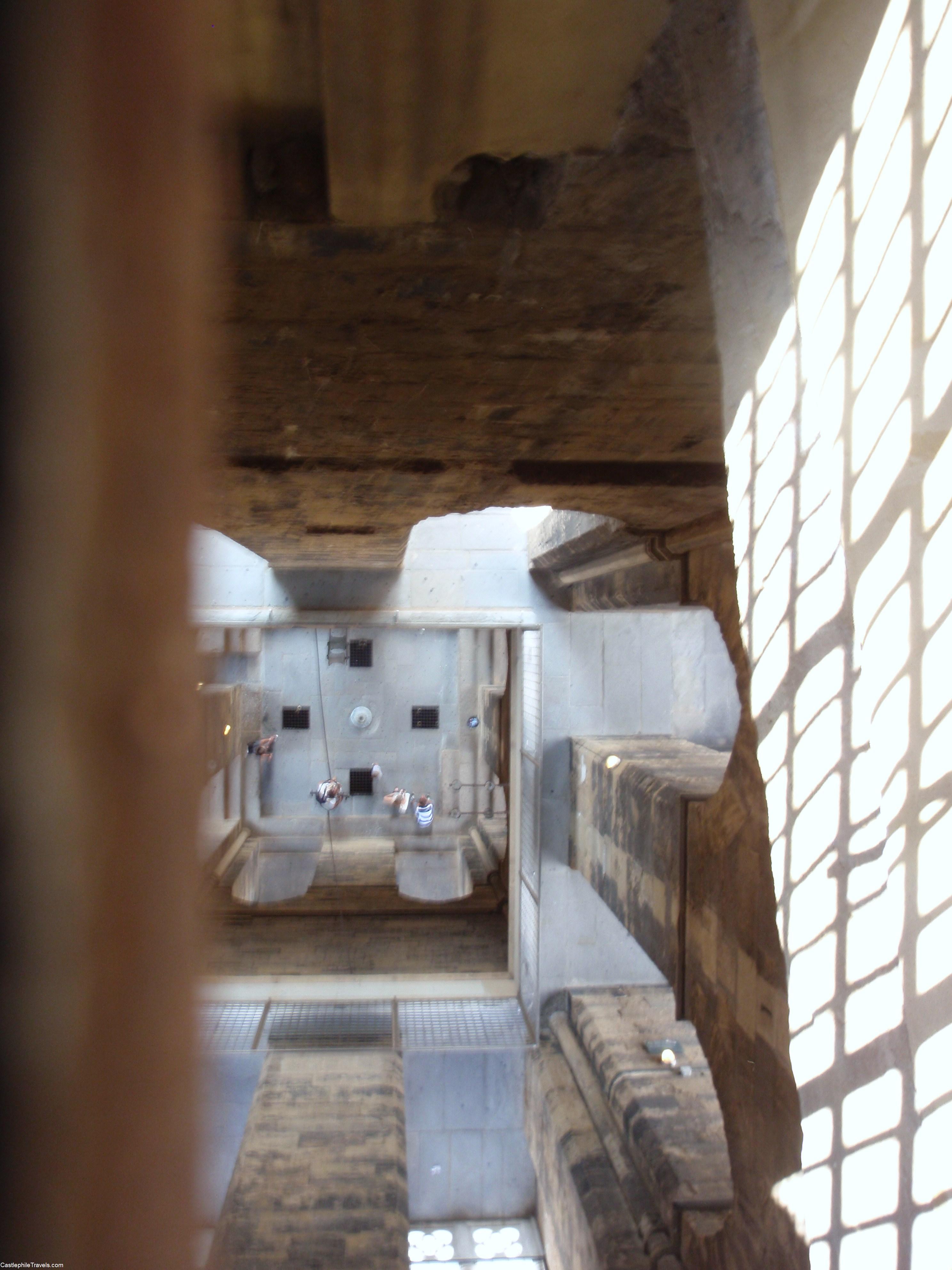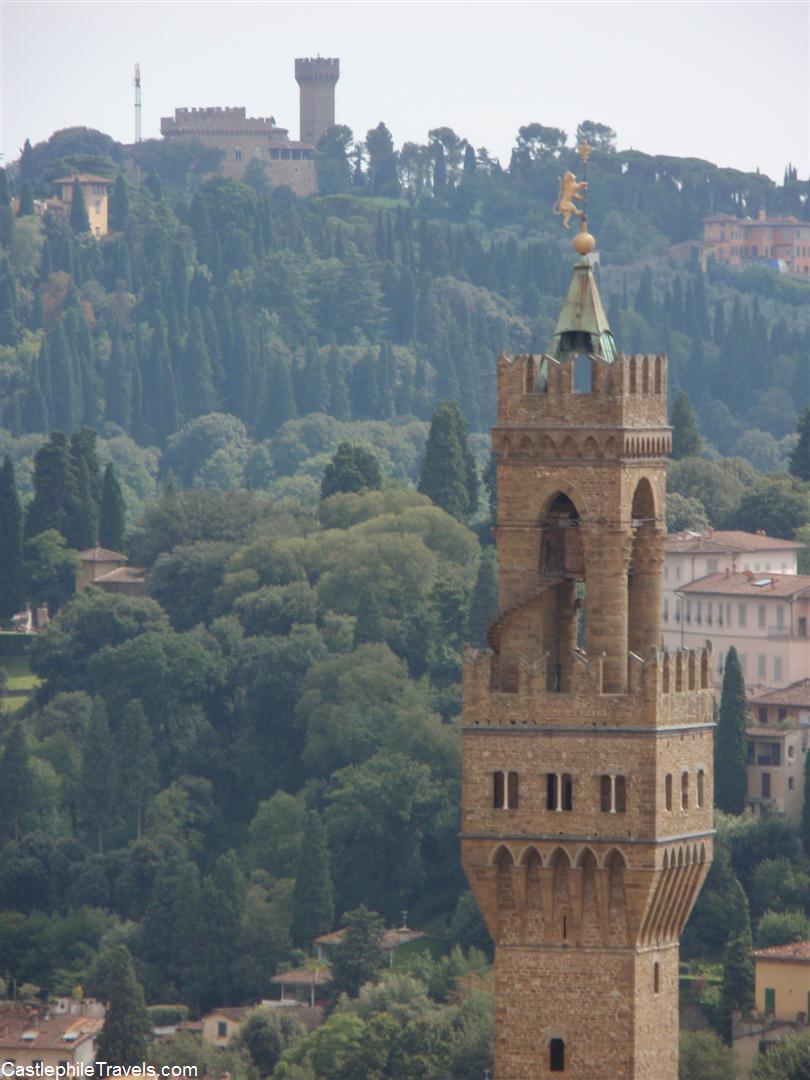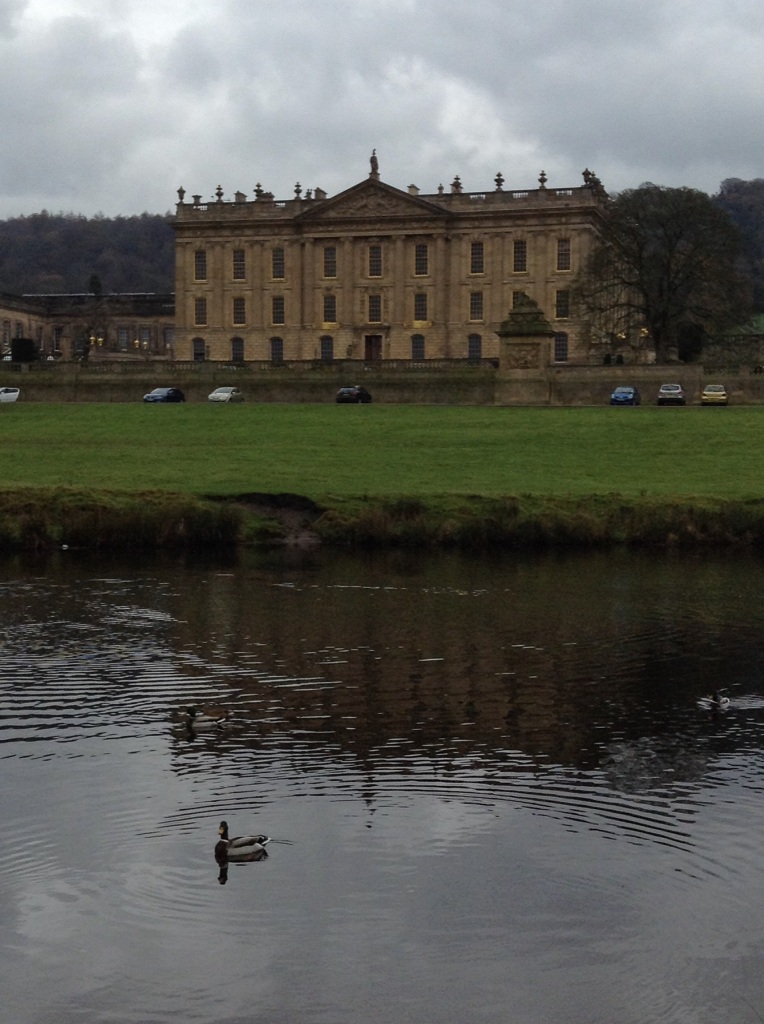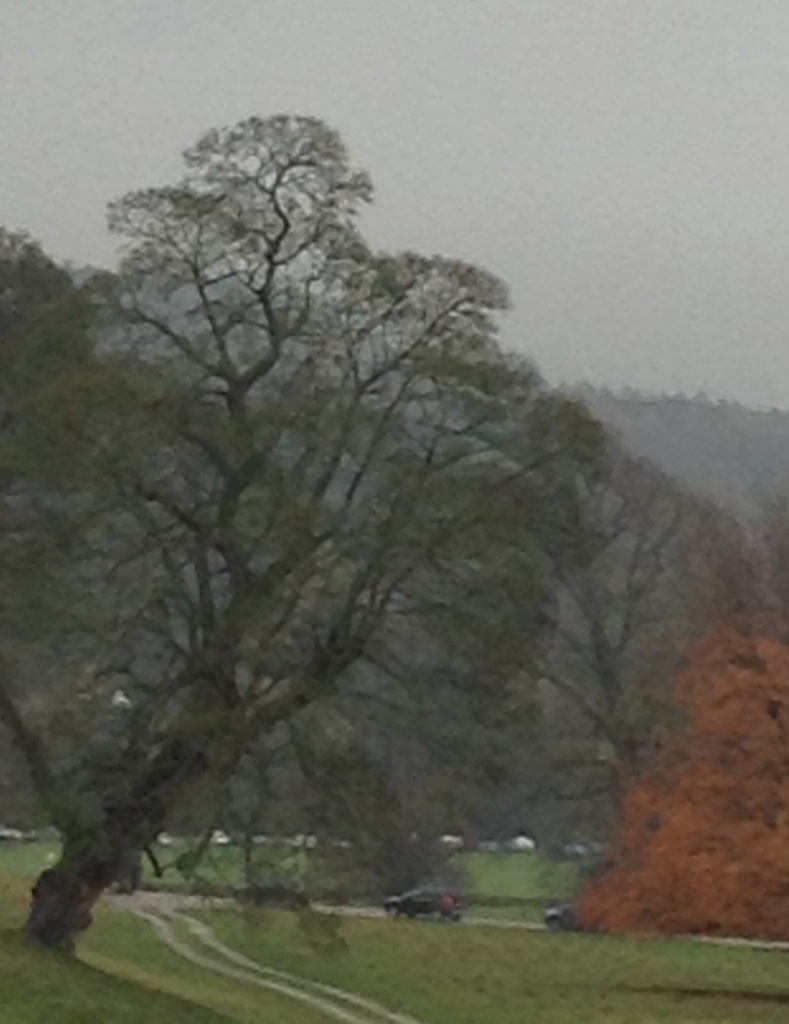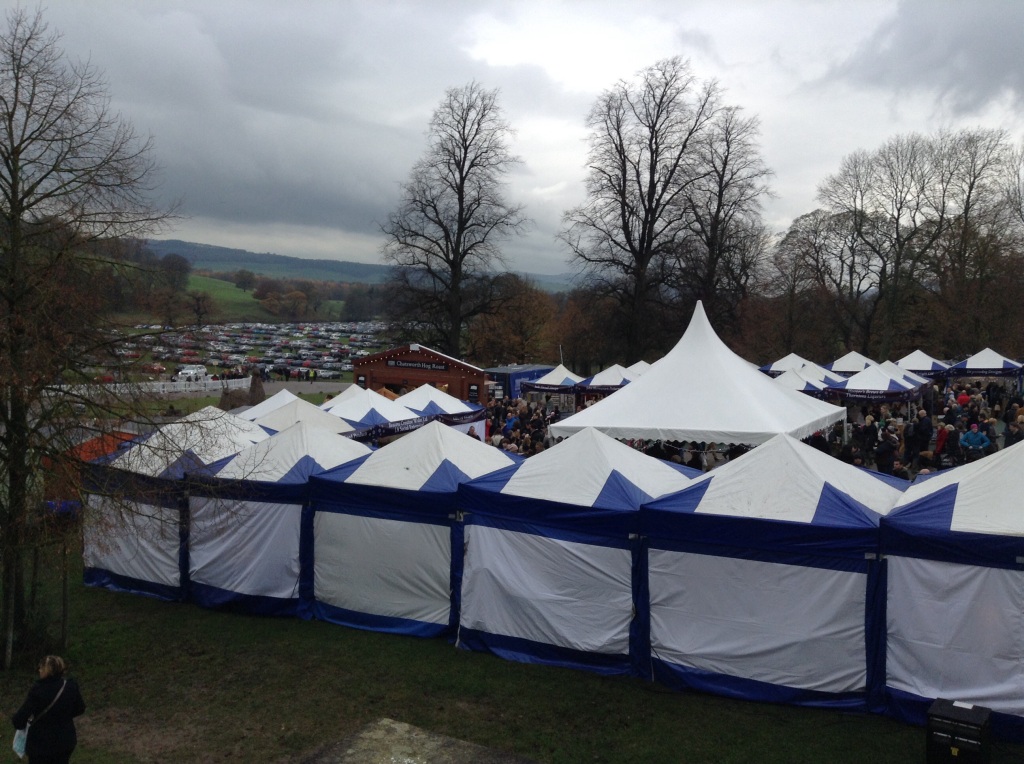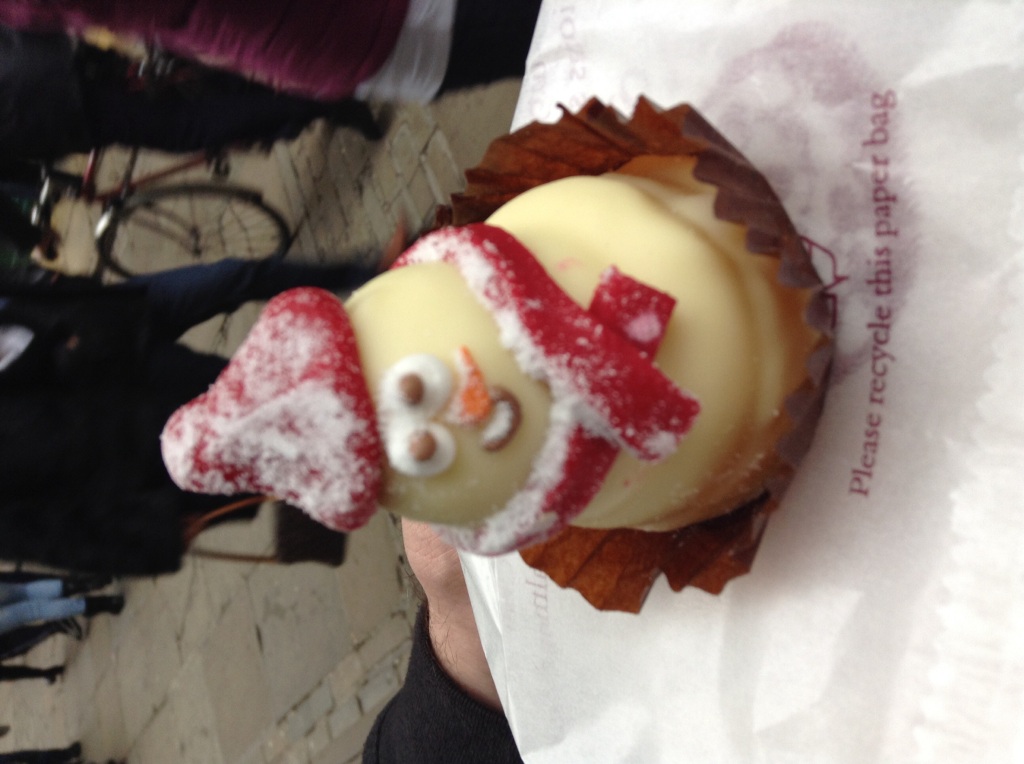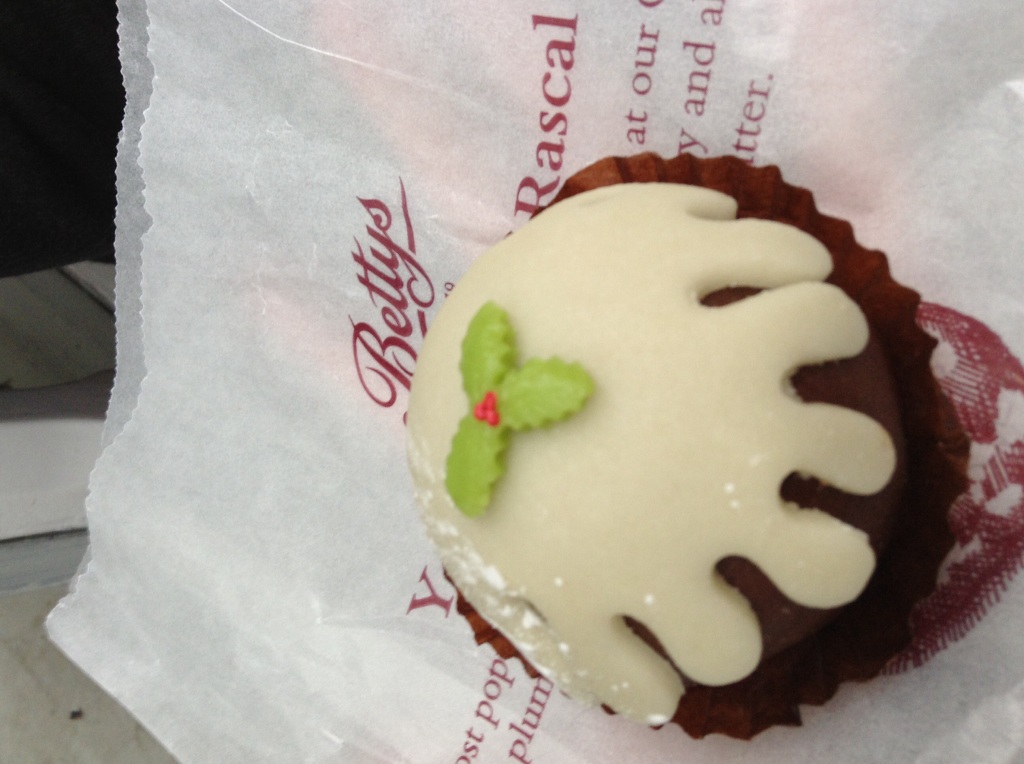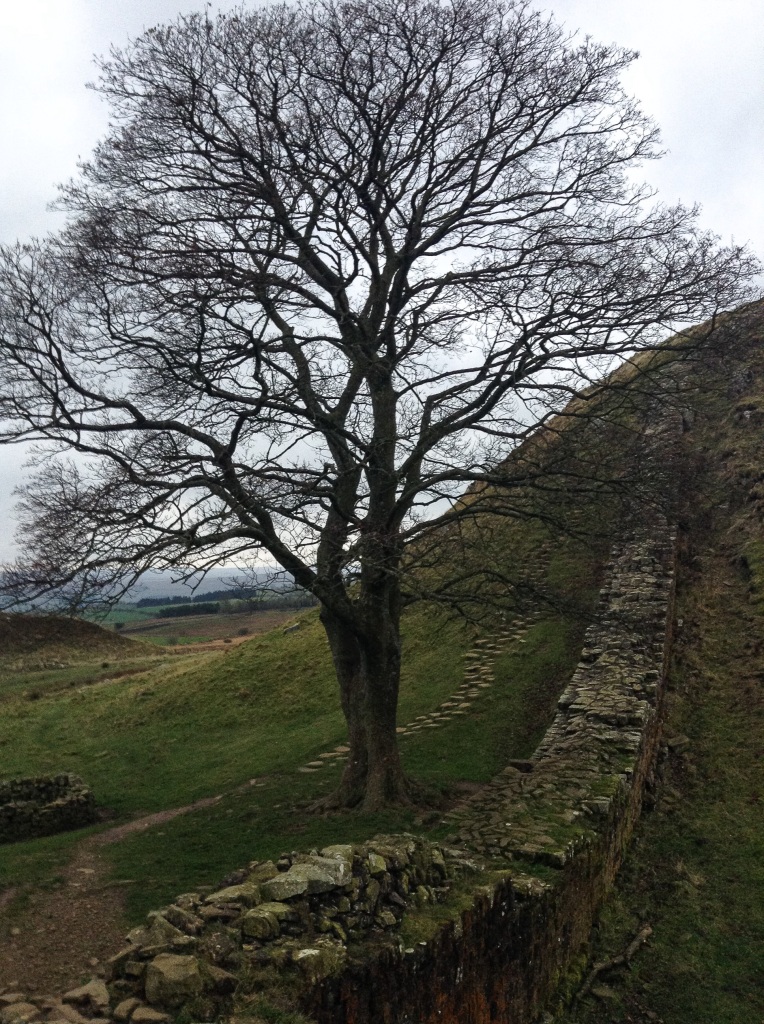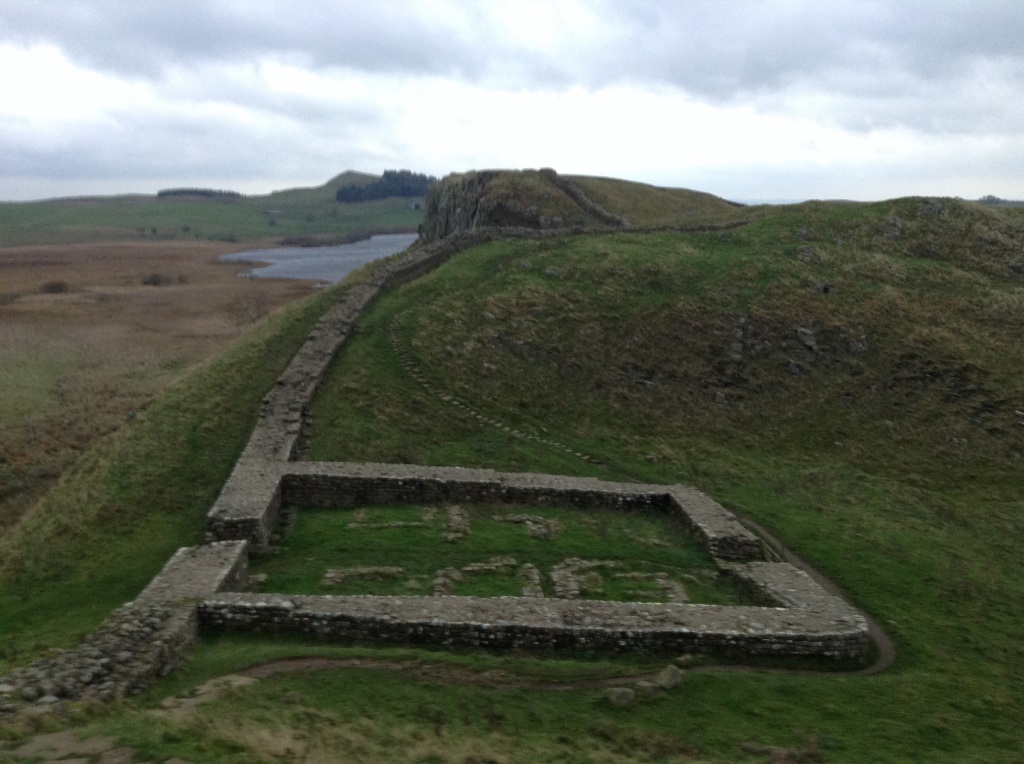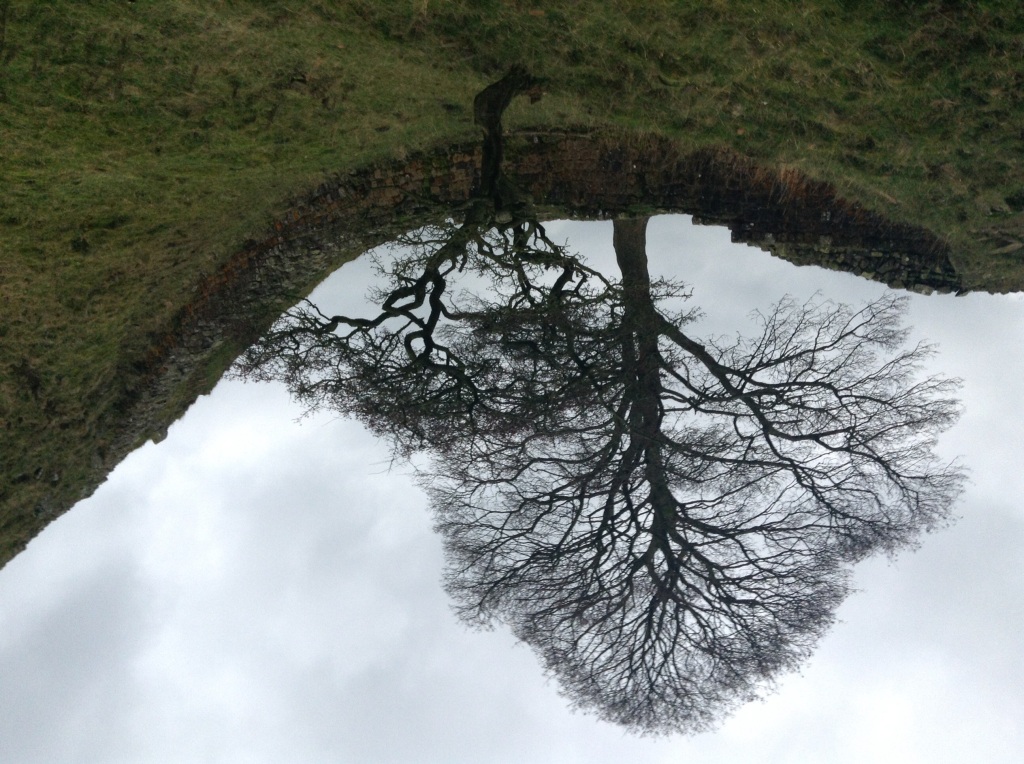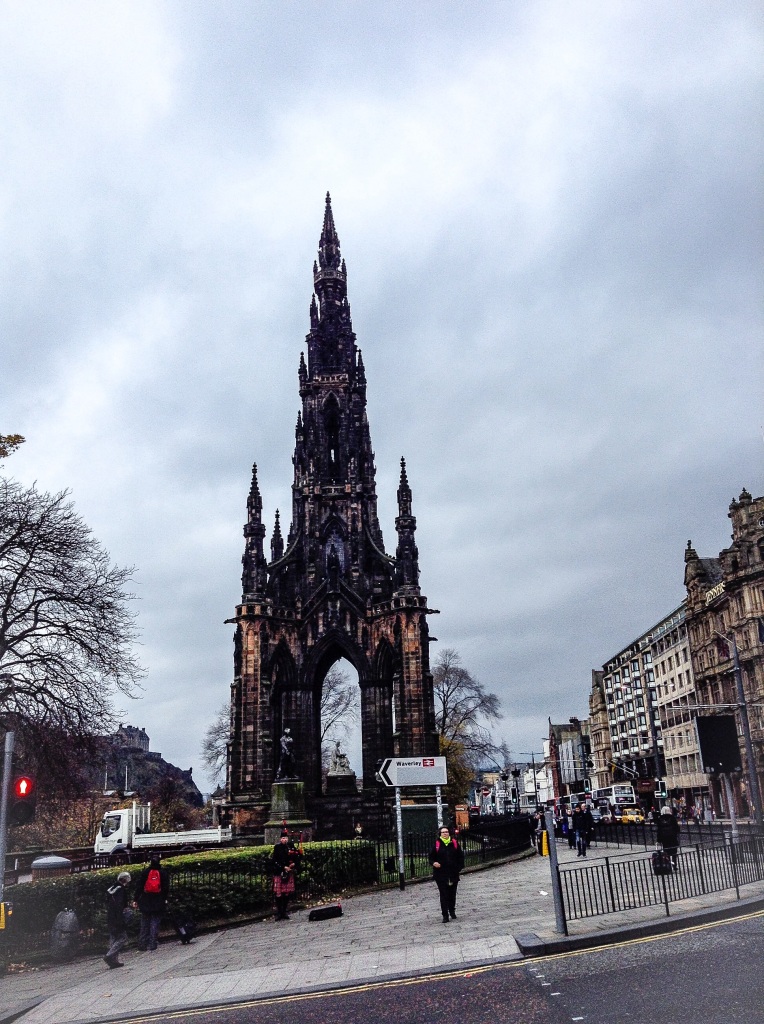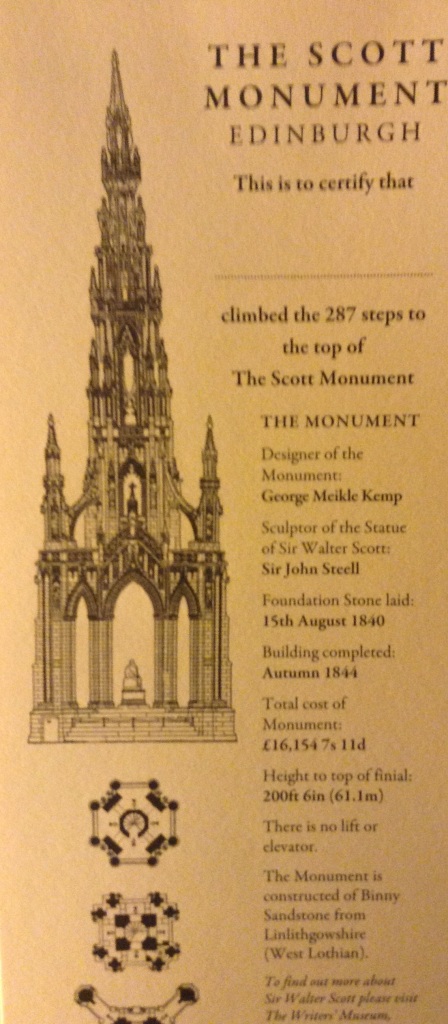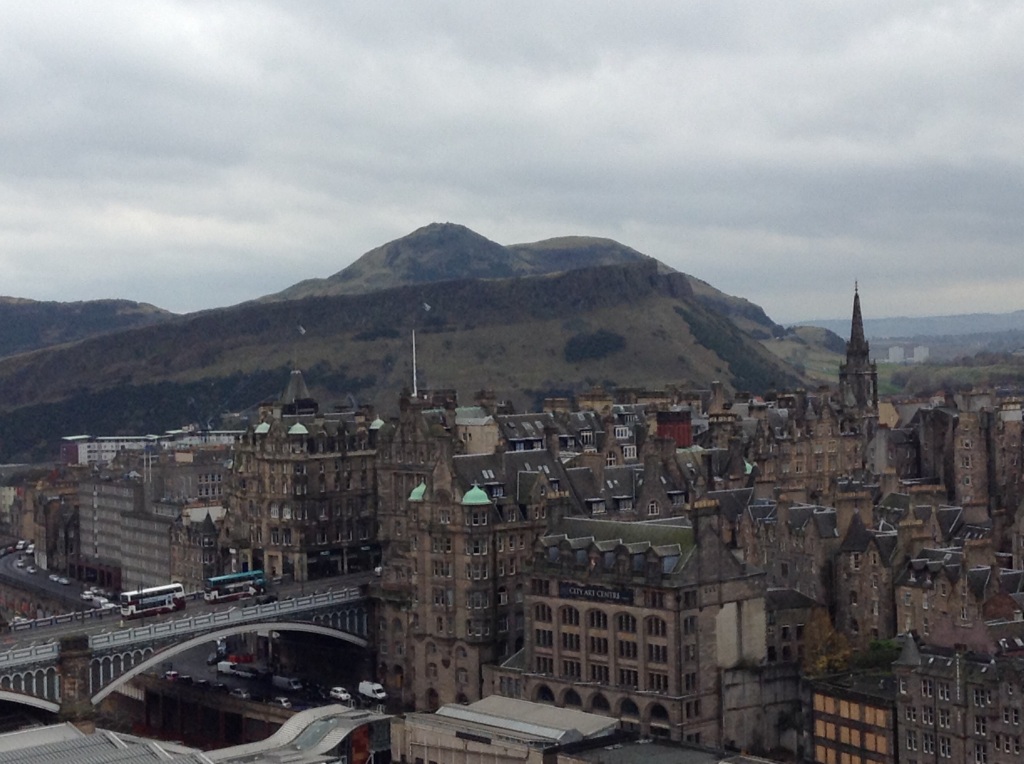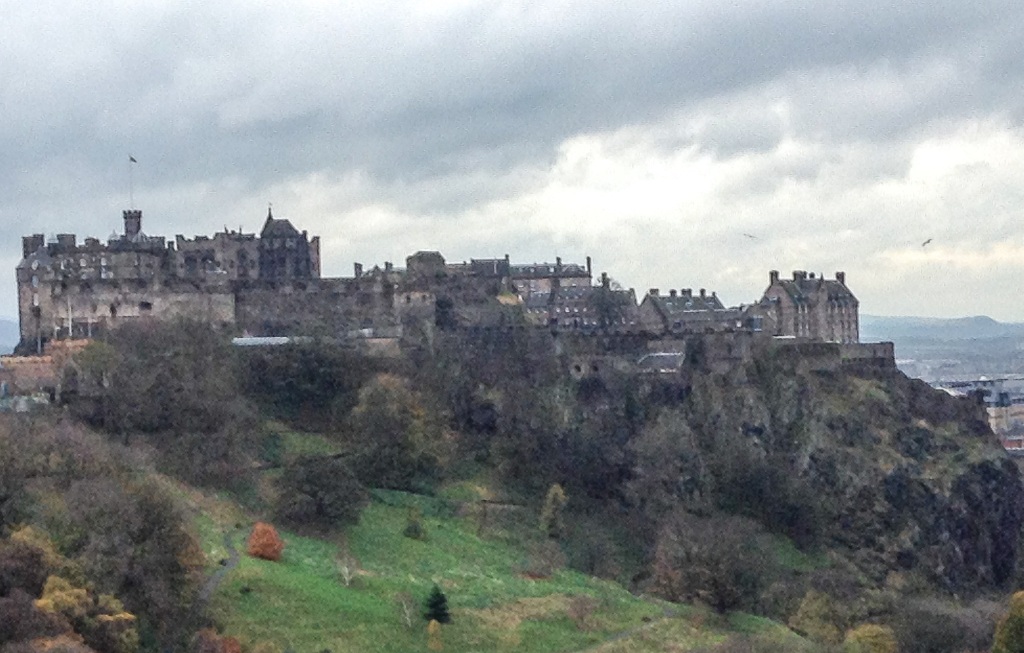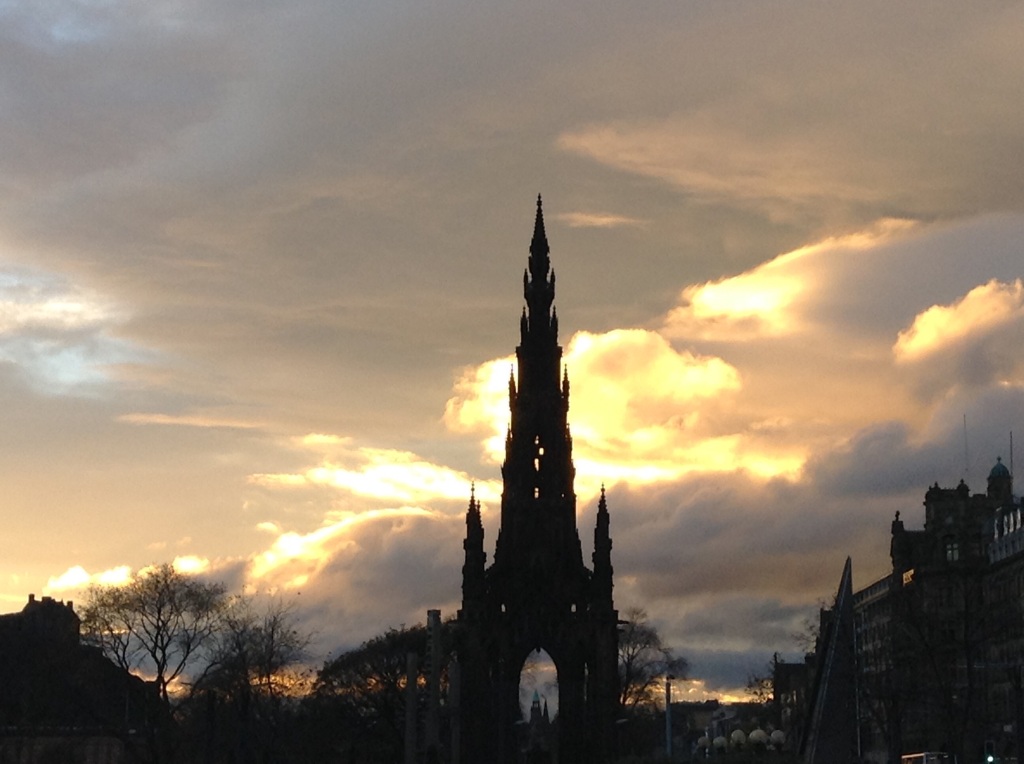It’s been a while.
Not only am I returning to blogging, I’m looking forward to leaving this freezing winter behind, ready to catch the end of the European summer. In a few weeks I’ll be exploring Eastern Europe, and the closer it gets the more I find myself wanting to use this trip as a way of improving myself, as well as experiencing all of what Europe has to offer.
Reacquainting myself with solo travel
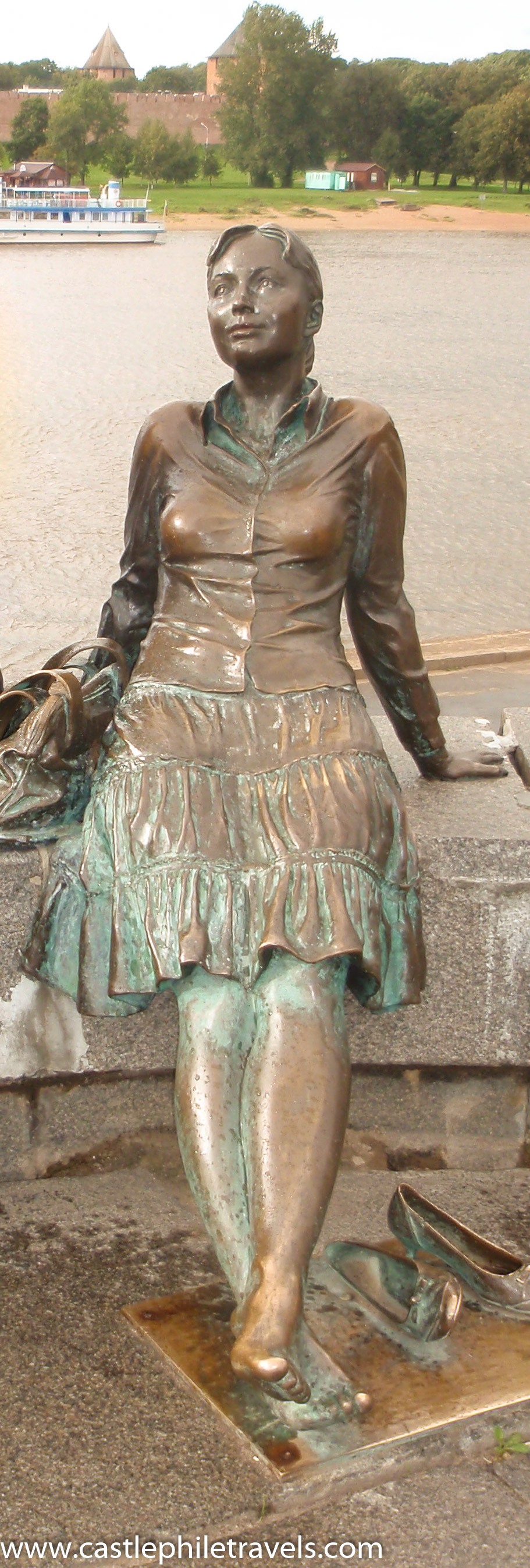
It’s been five years since I’ve travelled solo outside of my state. While I’ve taken many trips with friends and family, there’s something freeing about going on your own.
While I’ll be joining some group tours along the way, and I’ll have my fellow tour group members to go exploring with, I also want to take the time to make sure I experience the things that interest me most about the places I’m going to. I feel like it’s easier to break away from a tour group and do your own thing than it is when travelling with friends and family.
It’s also a way of clearing my mind from what has been a busy and stressful first half of 2018. About three-quarters through a trip, my mind has usually quietened and found enough space to relax and it becomes quite clear about what I need to do when I get back home.
Learning to pack lightly
I identify as a minimalist, and have been actively culling my possessions down to only those I love or use, ever since it first sunk in that the less things you own, the easier it is to travel.
While I’ll never be able to fit everything I own into one backpack, one area I really struggle with is taking too many clothes with me. My suitcase is full before I leave Australia.
I want this year to be different. I did a trial pack for my seven week trip the other week, pulling all of the clothes out of my cupboard and packing them into my suitcase. I ended up with three pairs of jeans, two pairs of trousers, three skirts, three dresses, and thirty tops. I know I try to avoid doing as much laundry as possible whilst I’m away, but this was kind of excesive.
At the same time, I’ve read a lot about people using packing cubes to organise their luggage while travelling. I didn’t quite understand it, and wrote it off in my head as something I didn’t need, but after seeing how many clothes I was trying to take away with me, I managed to get some on sale from Kathmandu, and am challenging myself to only take away with me the clothes that fit into one of their large packing cells. I’ll let you know how successful I am in a later post!
Brushing up on my German
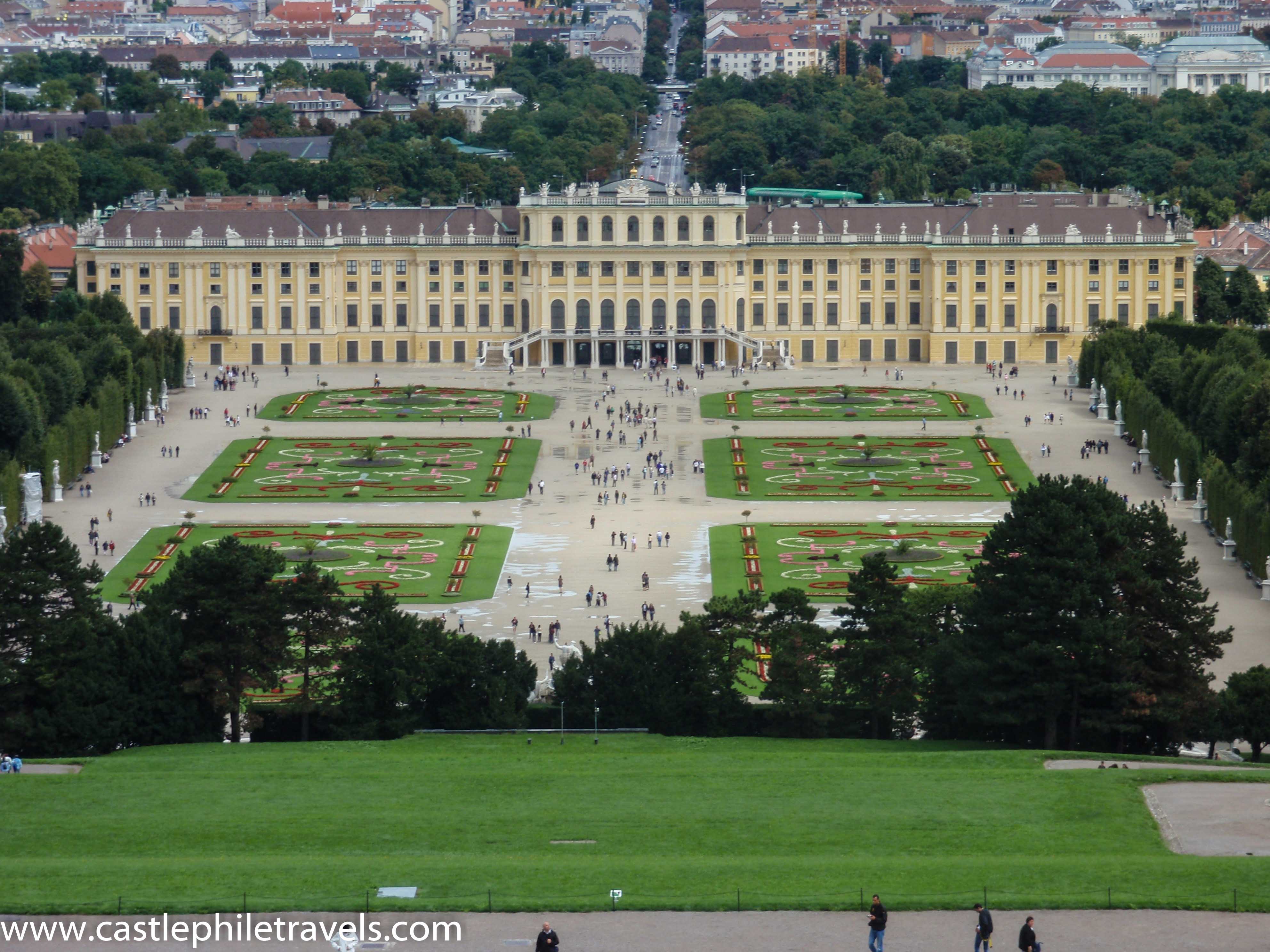
I’m spending four days on this trip in Vienna, and as a challenge to myself I want to spend it speaking only German. I learned German in high school and have kept it up with a few refresher classes since, but immersing myself in a German-speaking city will help me with my confidence with speaking the language. Watch out for a post on how well I managed!
Doing justice to Vienna, Prague and Budapest
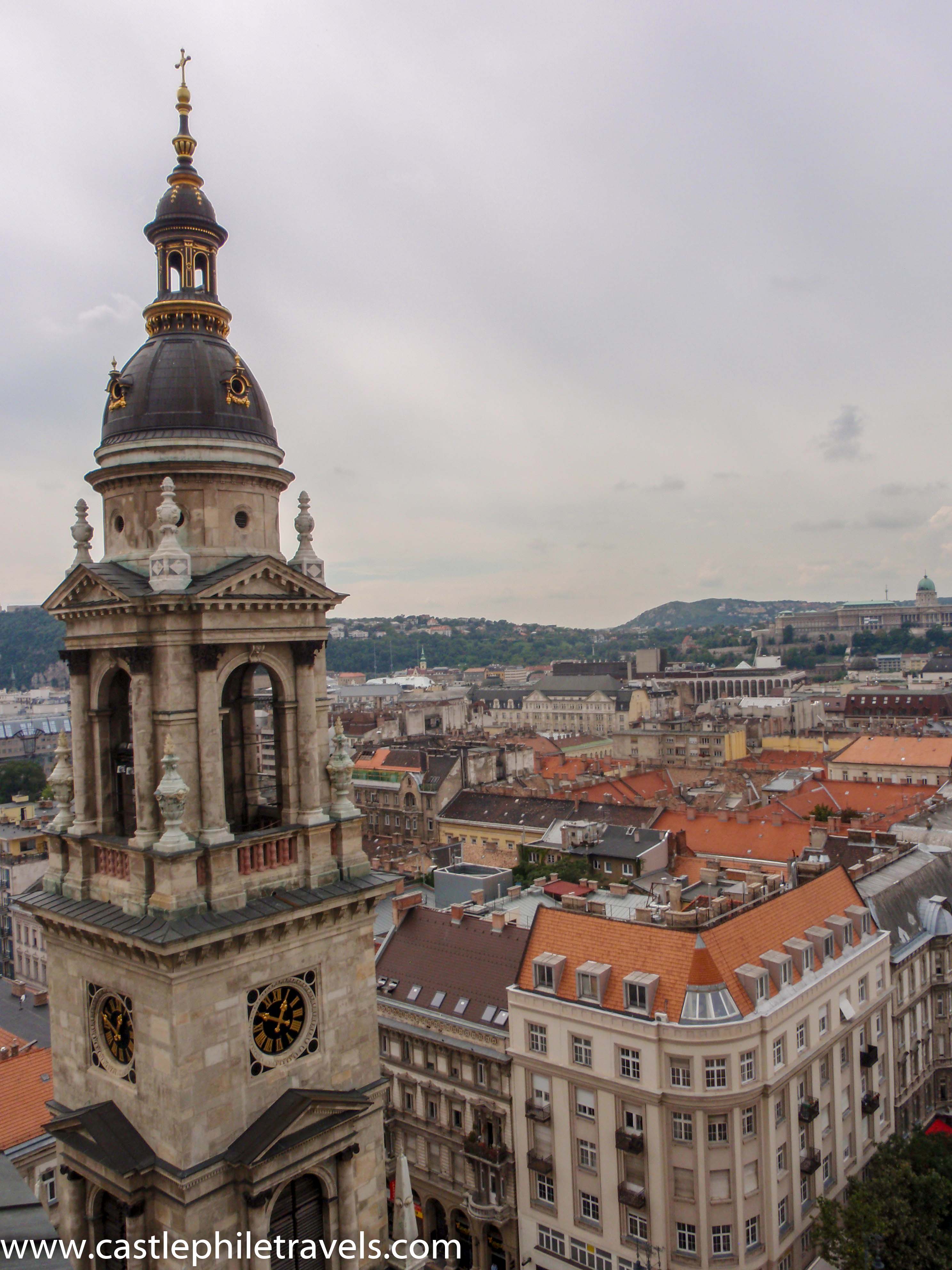
This trip sees me travelling around Eastern Europe, including visiting Vienna, Prague and Budapest. I’ve been to these cities before back in 2010, however I never felt like I took the time to fully understand them. There are many reasons for that including that a few days earlier I had walked into a pole in Salzburg, which meant I had to walk around Vienna and Budapest feeling self-conscious about the plasters on my forehead marking my head injury, and then had to spend half of my time in Prague waiting in a doctor’s office so I could have the stitches taken out. It rained constantly in Budapest, reflecting my miserable mood, so after exploring the Grand Central Market and having a Tokay wine tasting, I spent the rest of the time catching up on sleep at the hotel. I looked at my photos of Budapest the other day and was amazed at how pretty the buildings were – I was in such a bad mindset at the time that I hadn’t even noticed.
This trip I want to spend some time admiring these capital cities for the magnificent places that they are.

